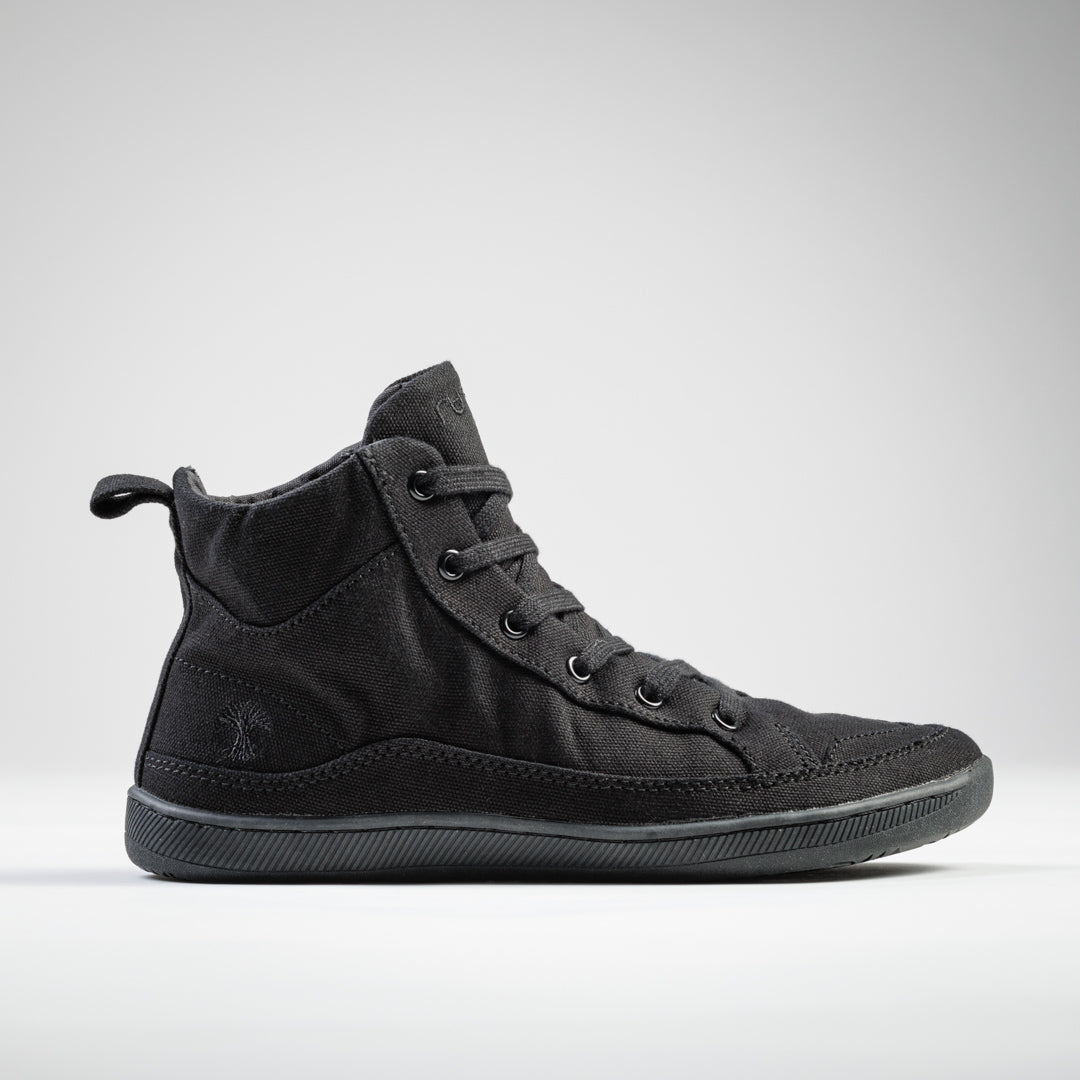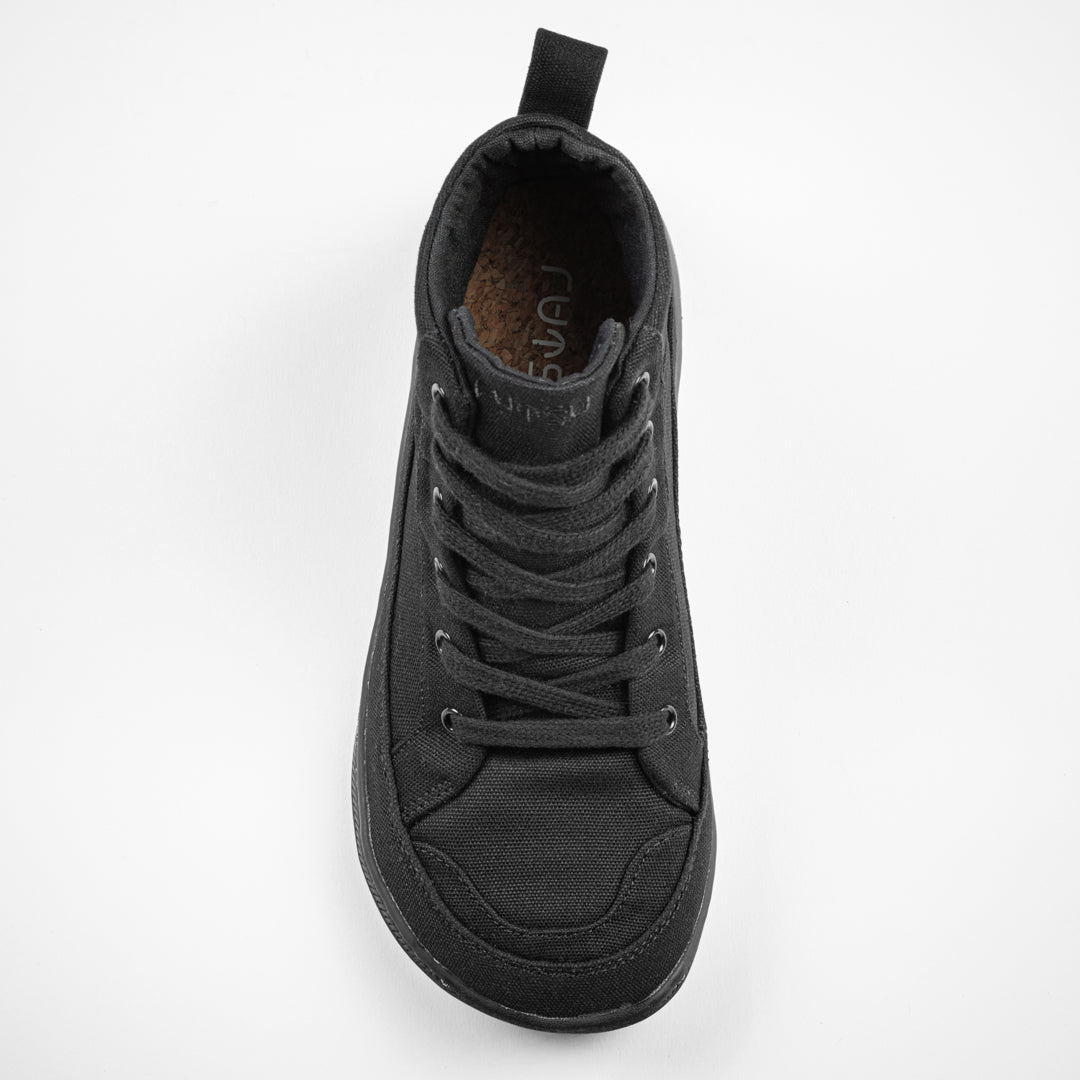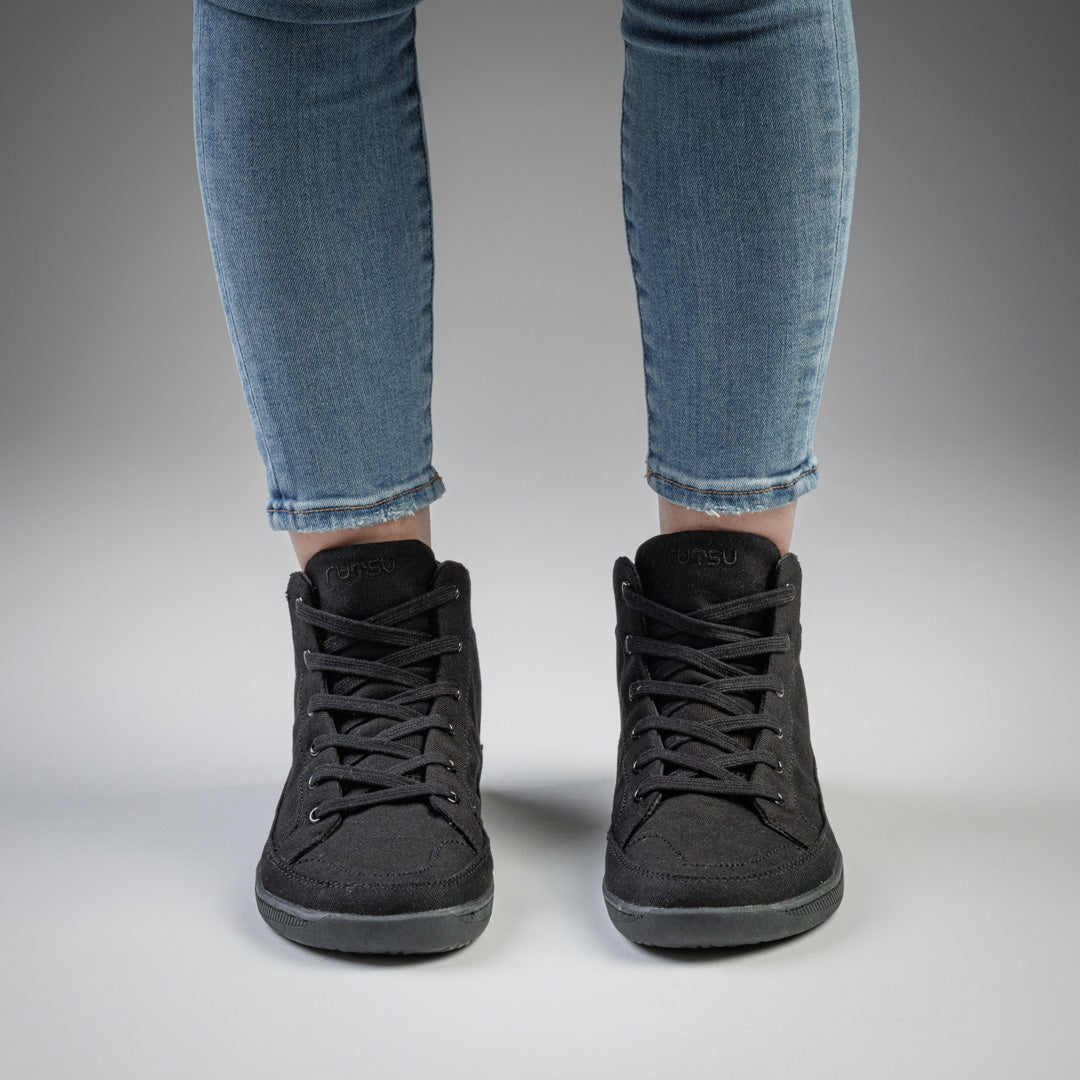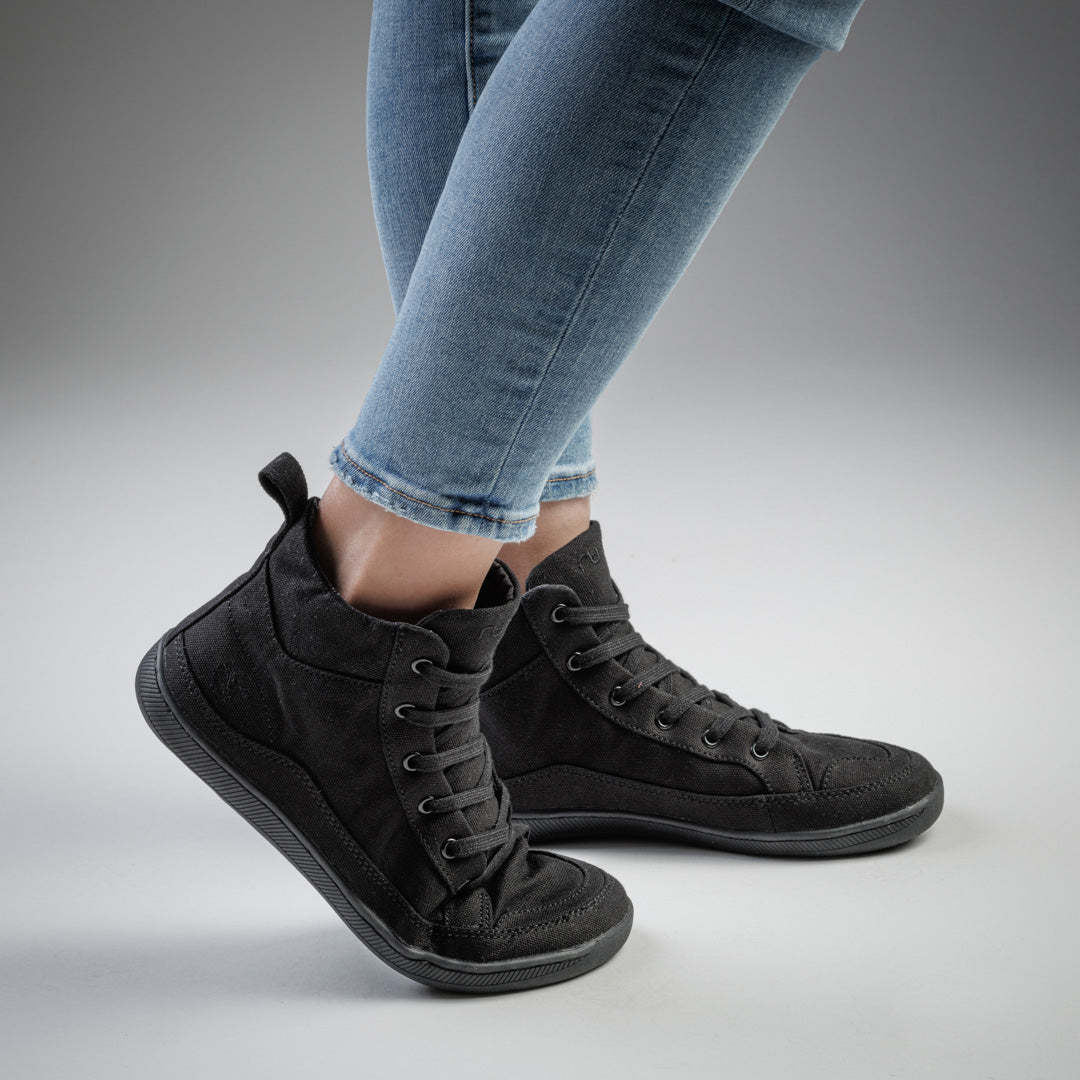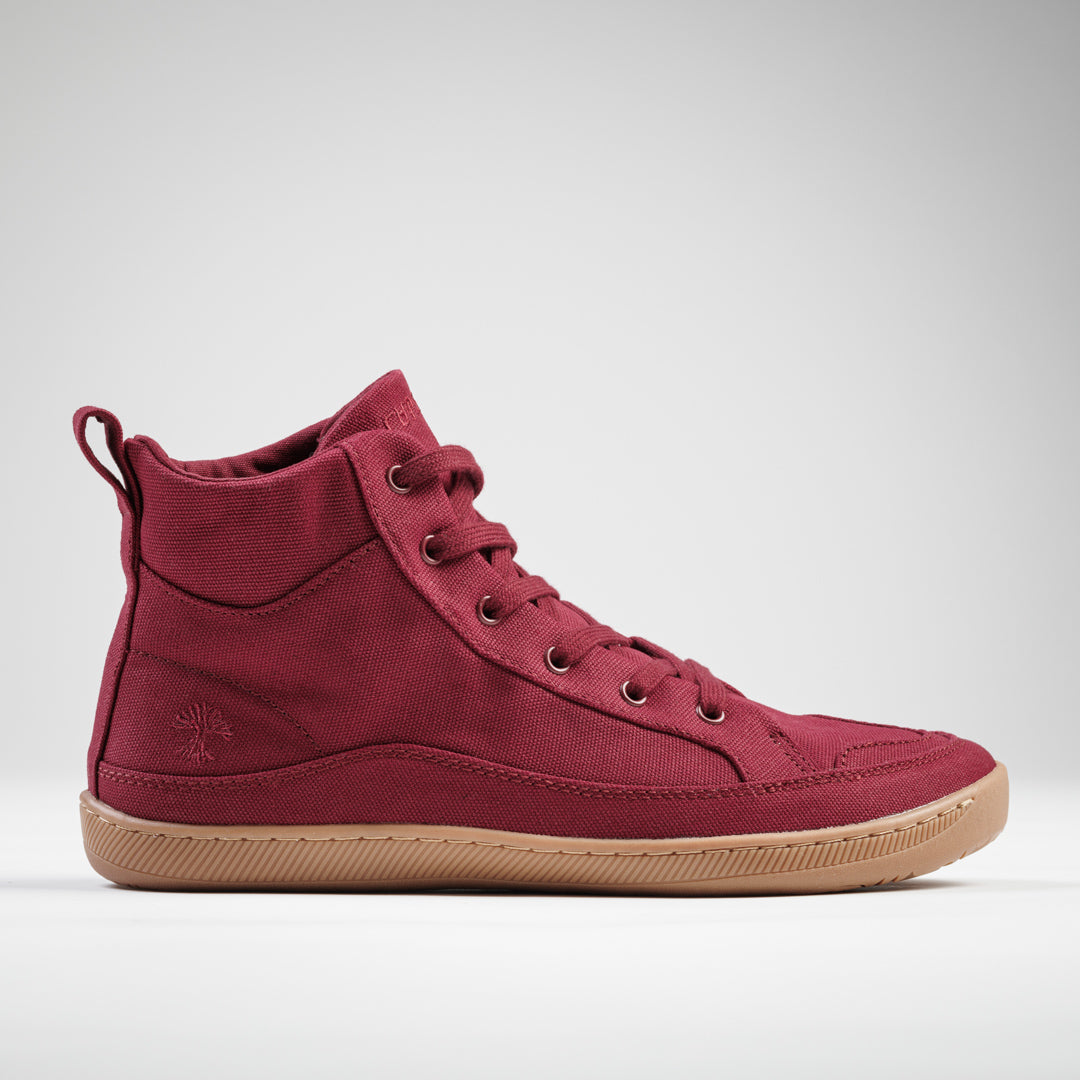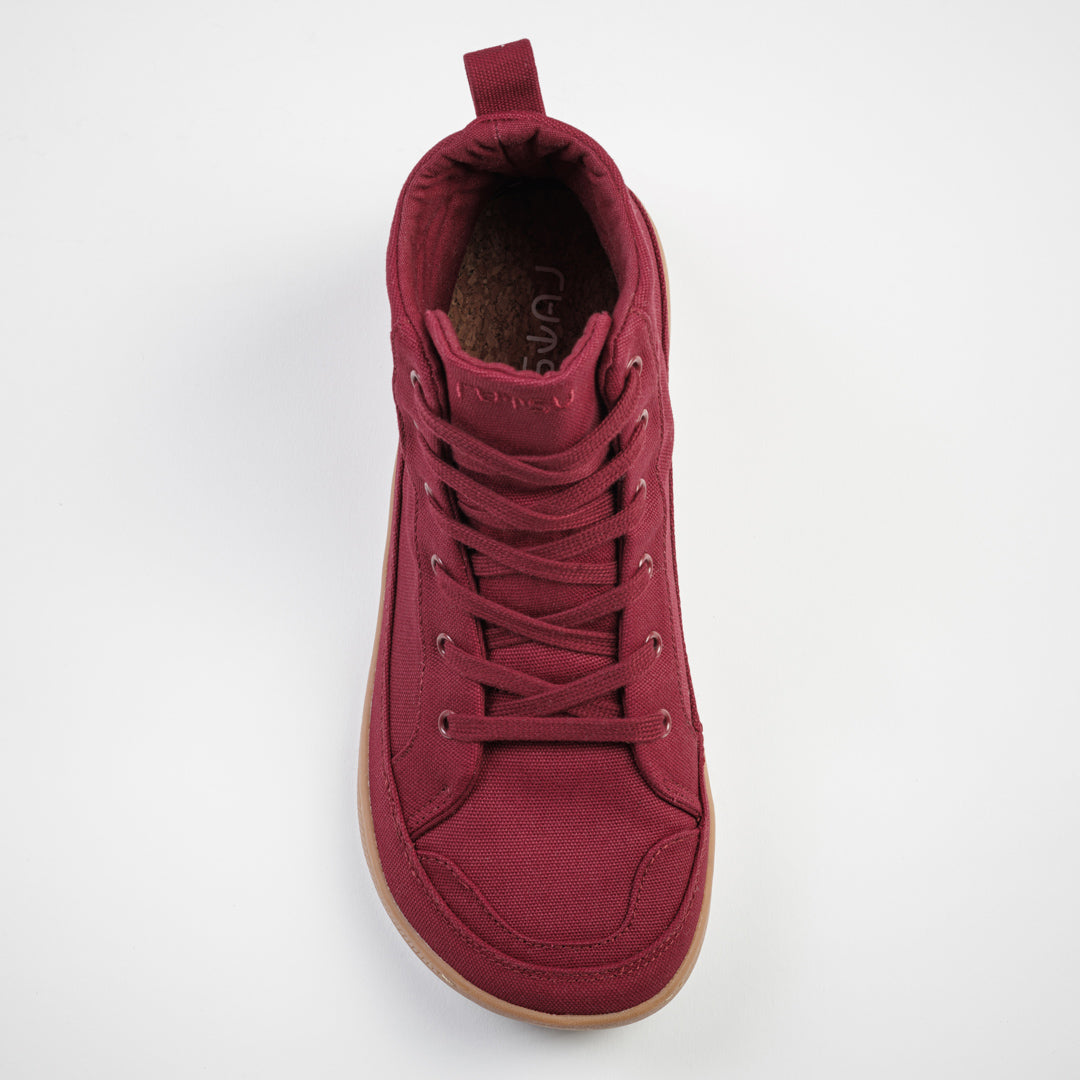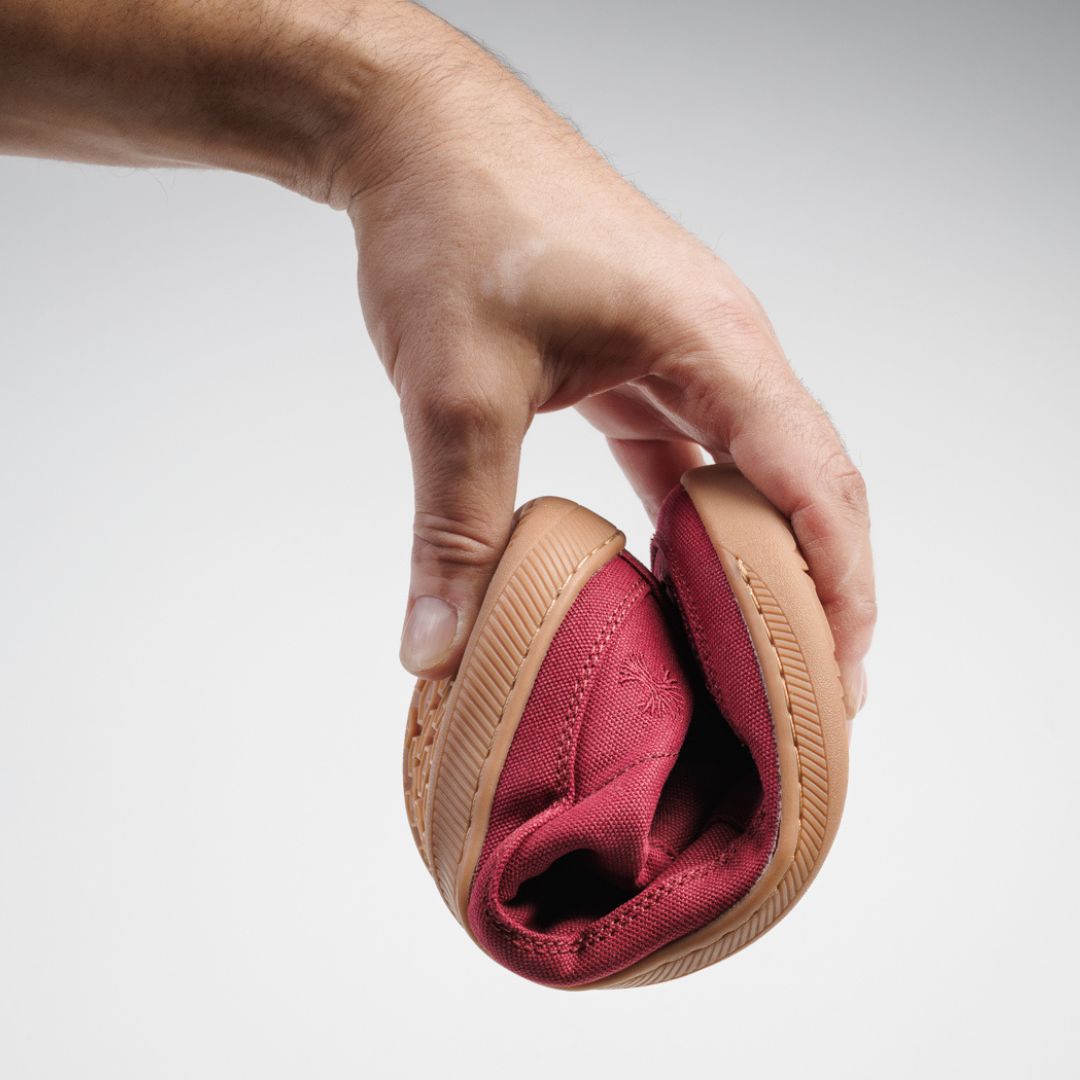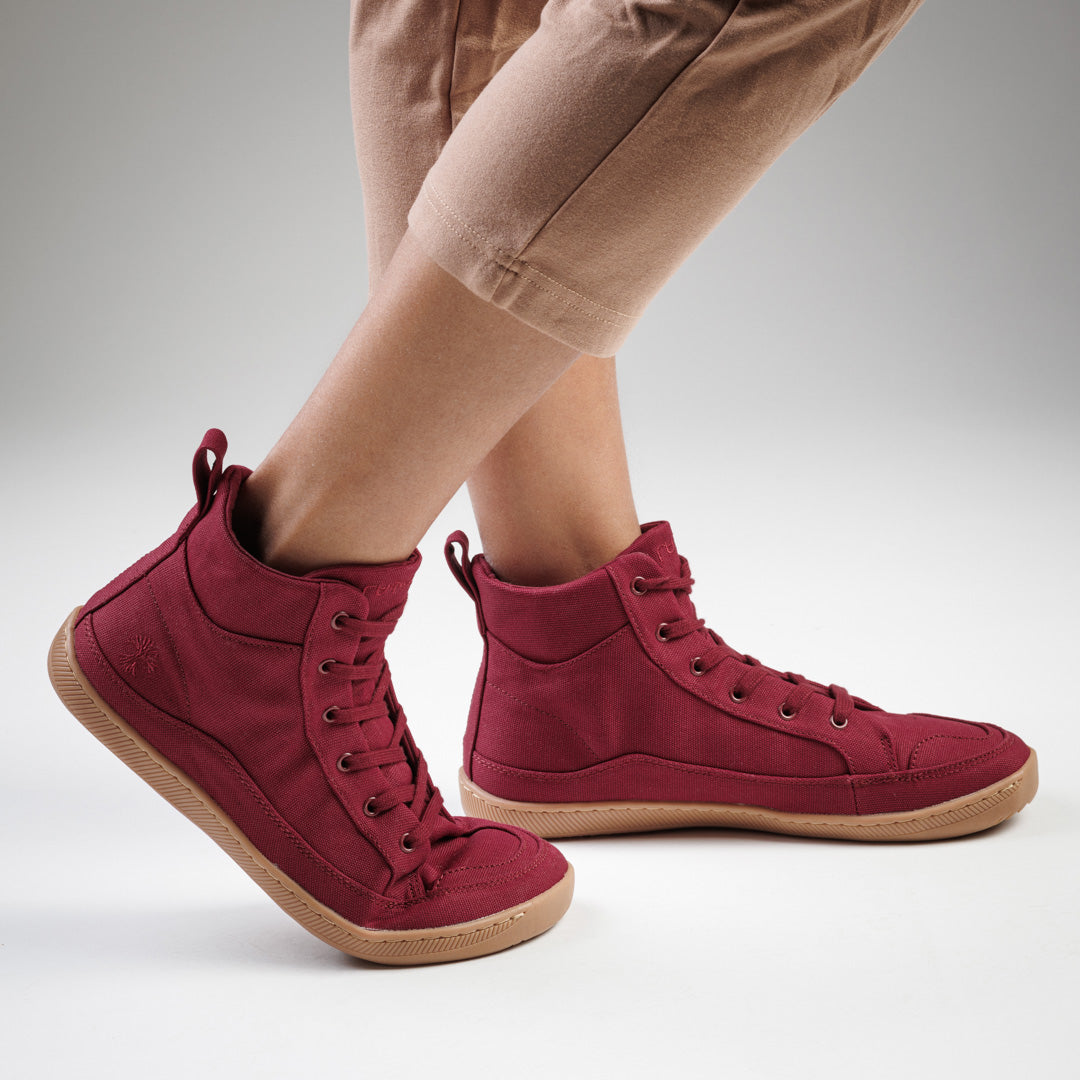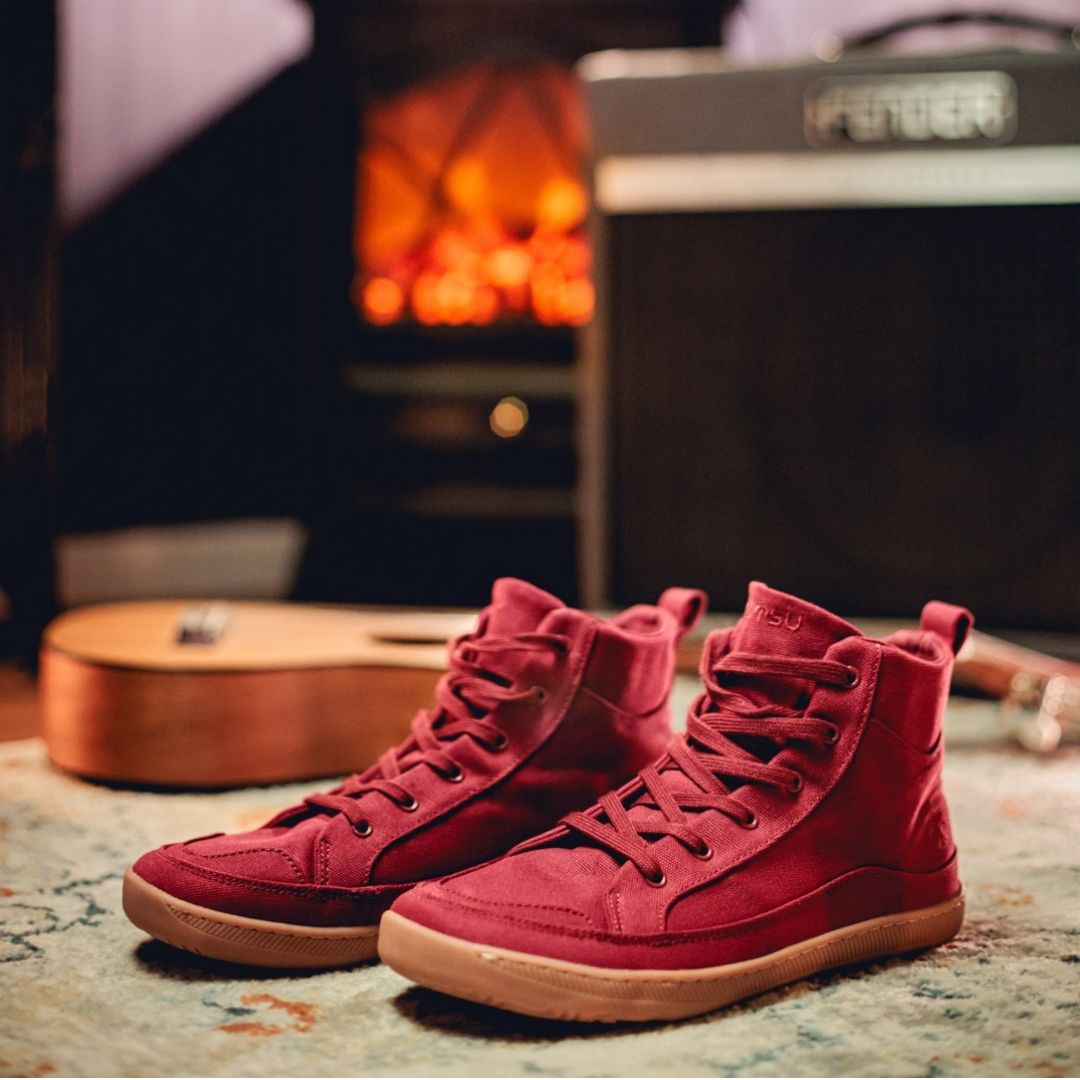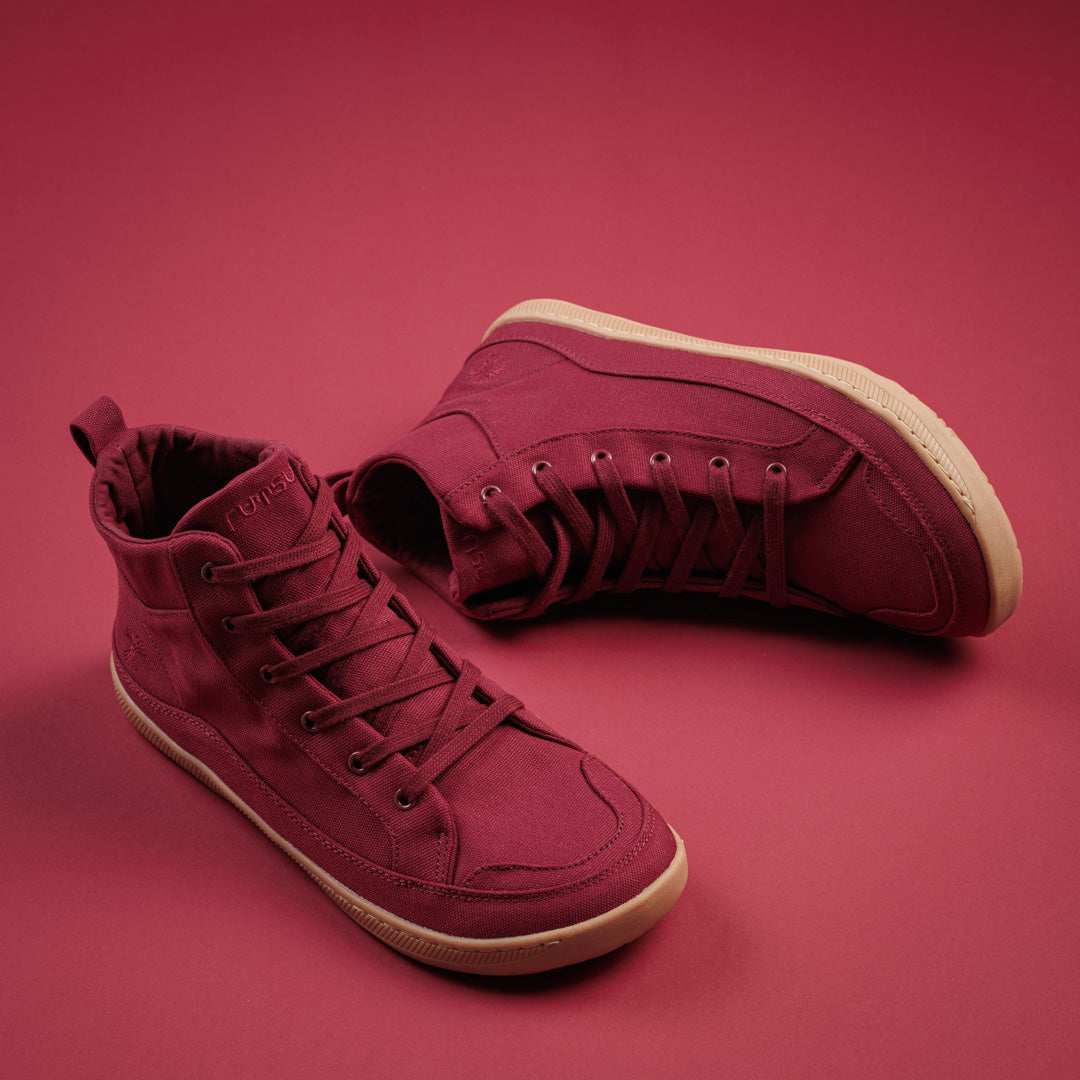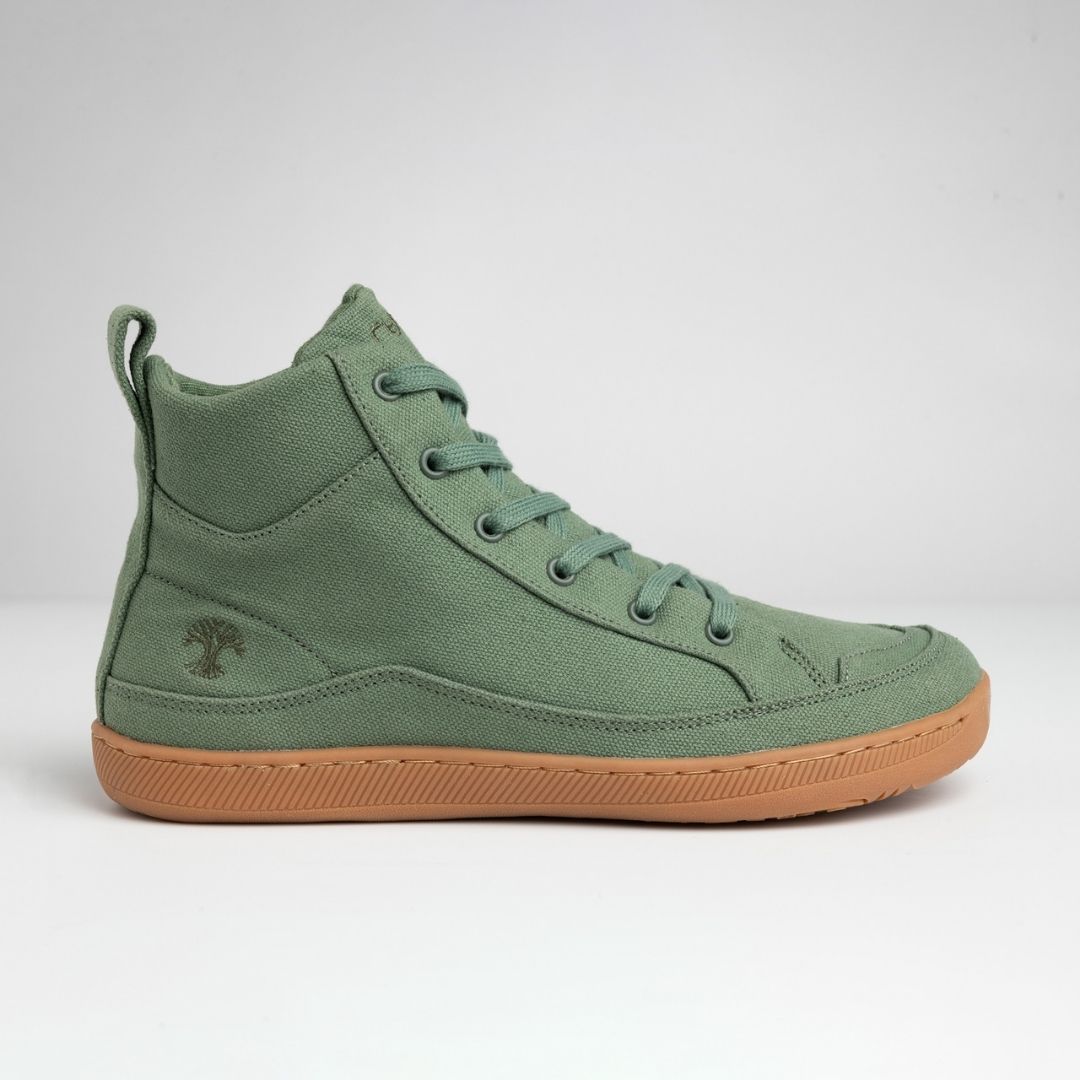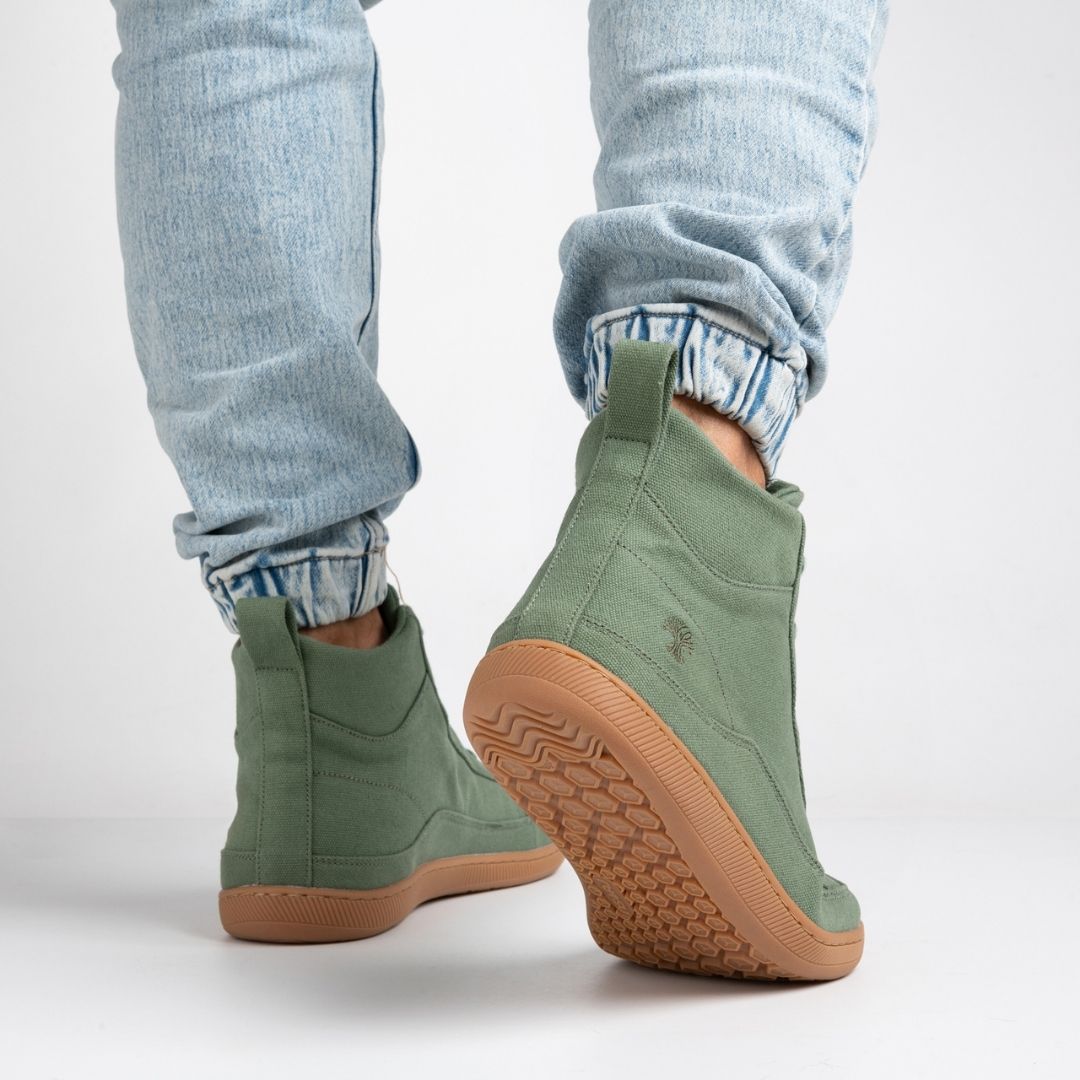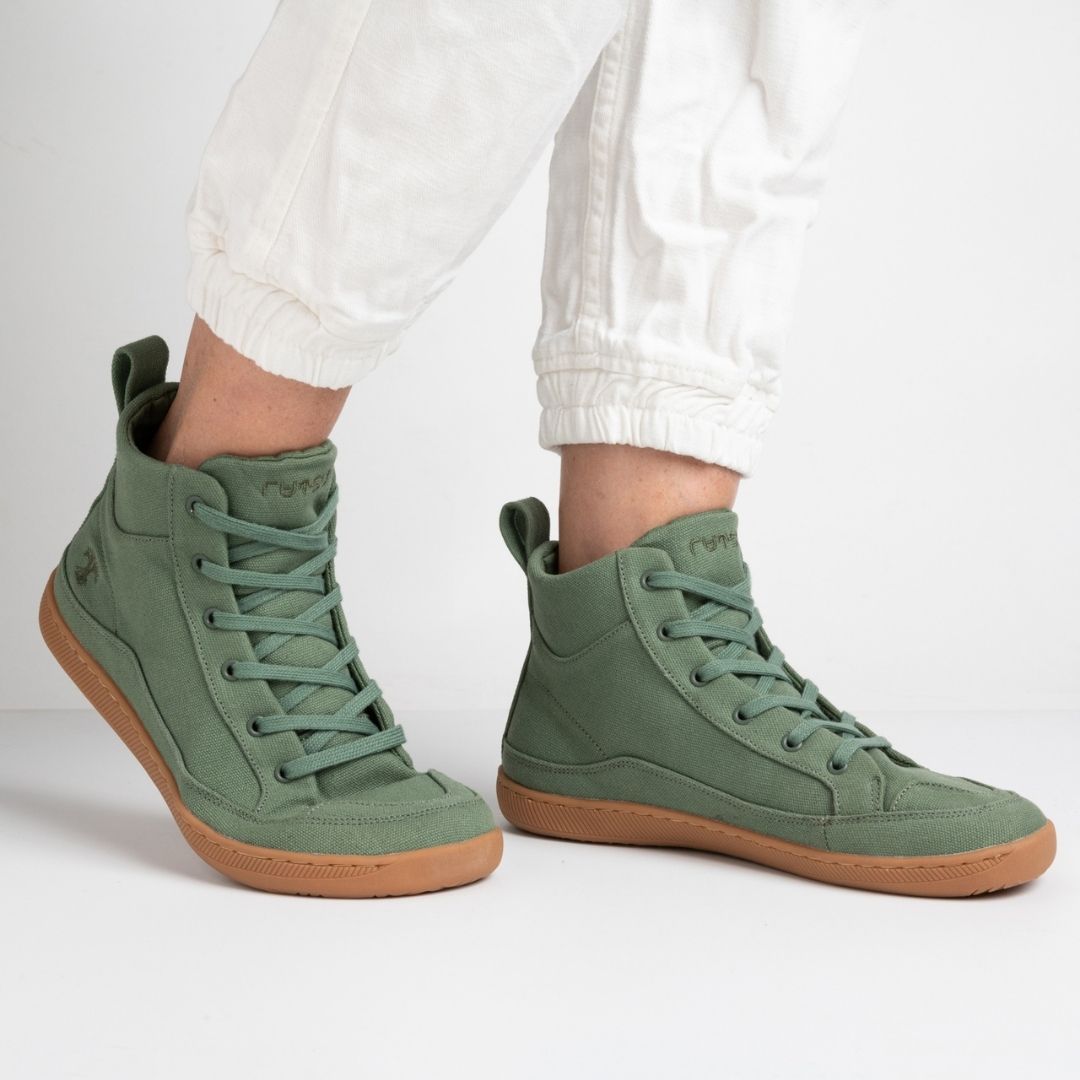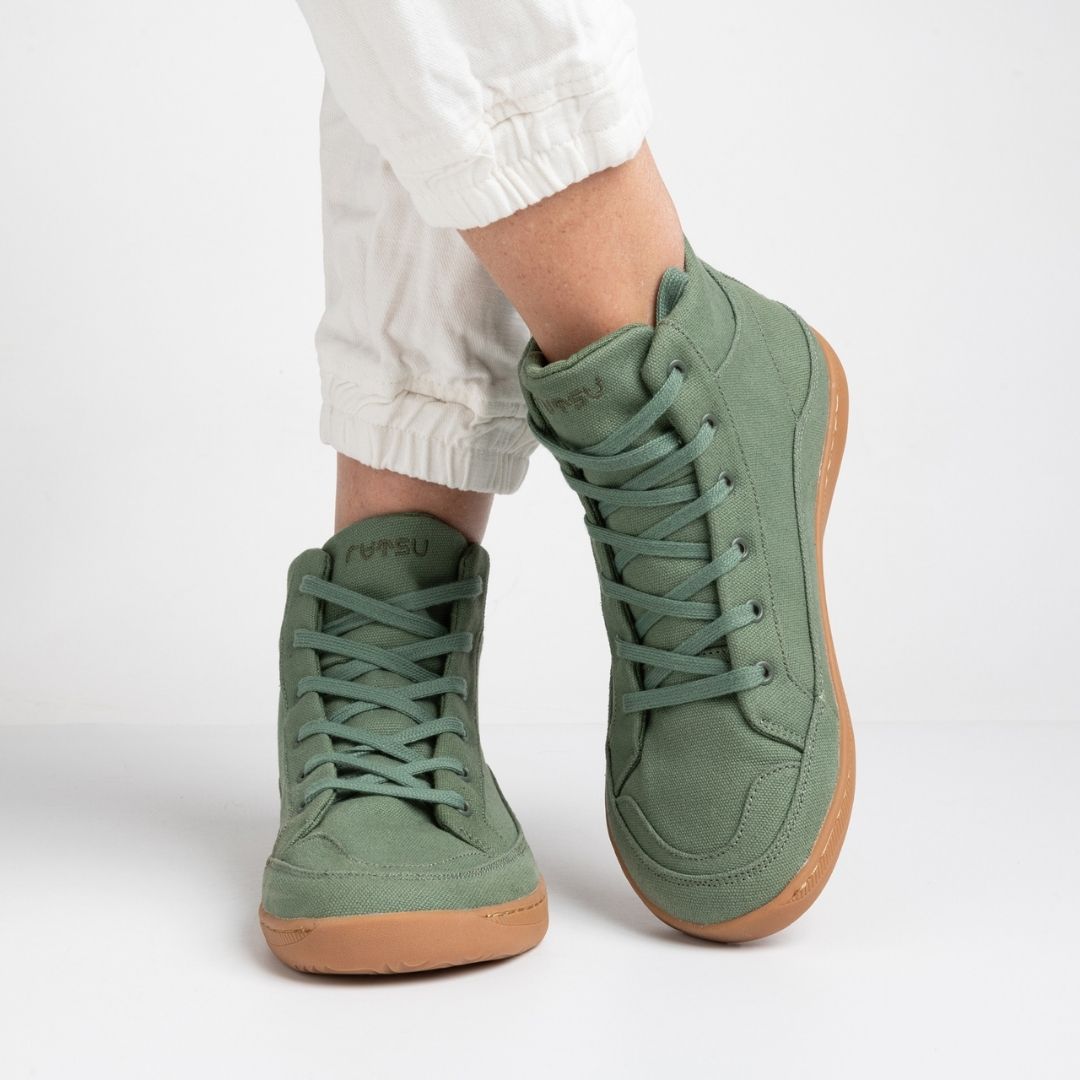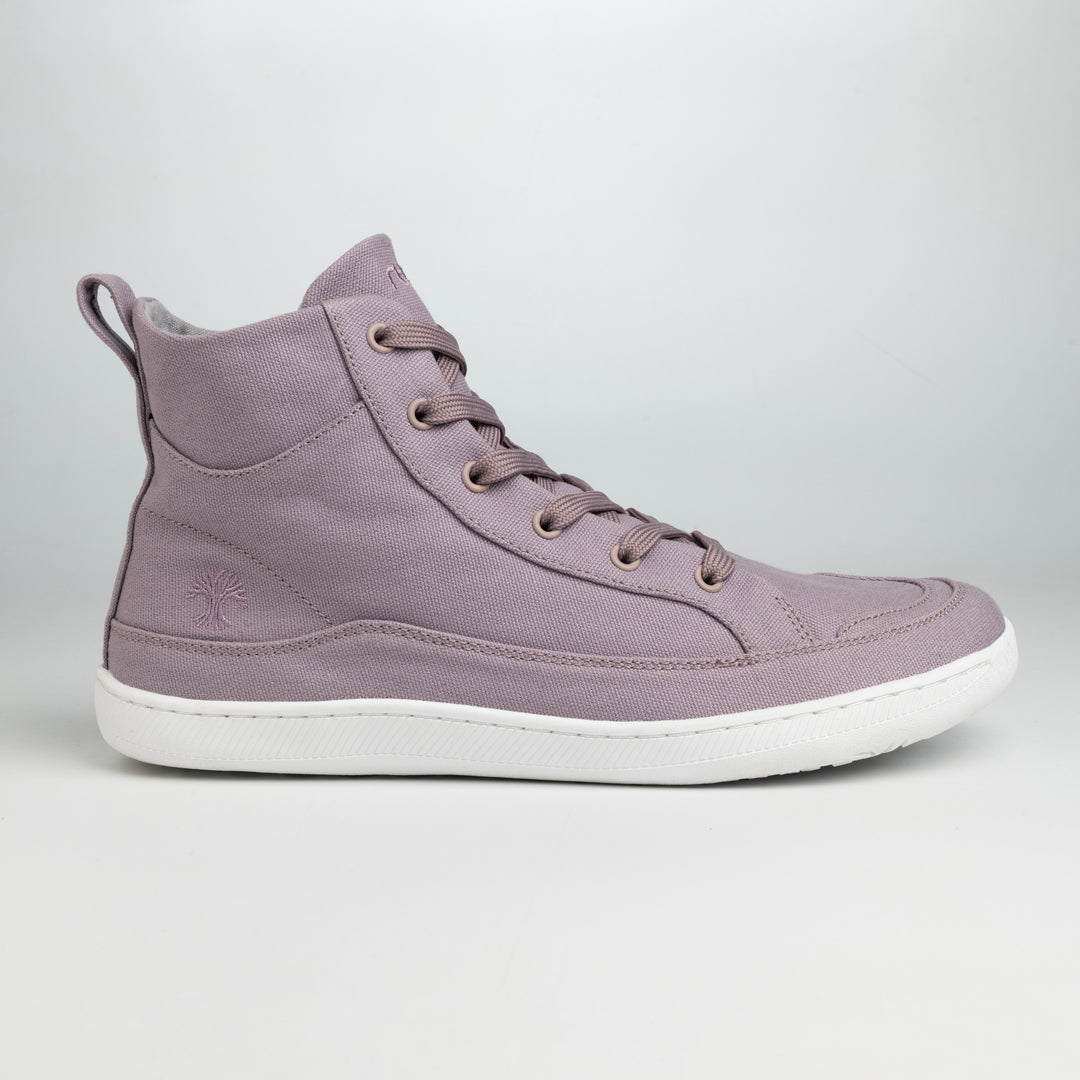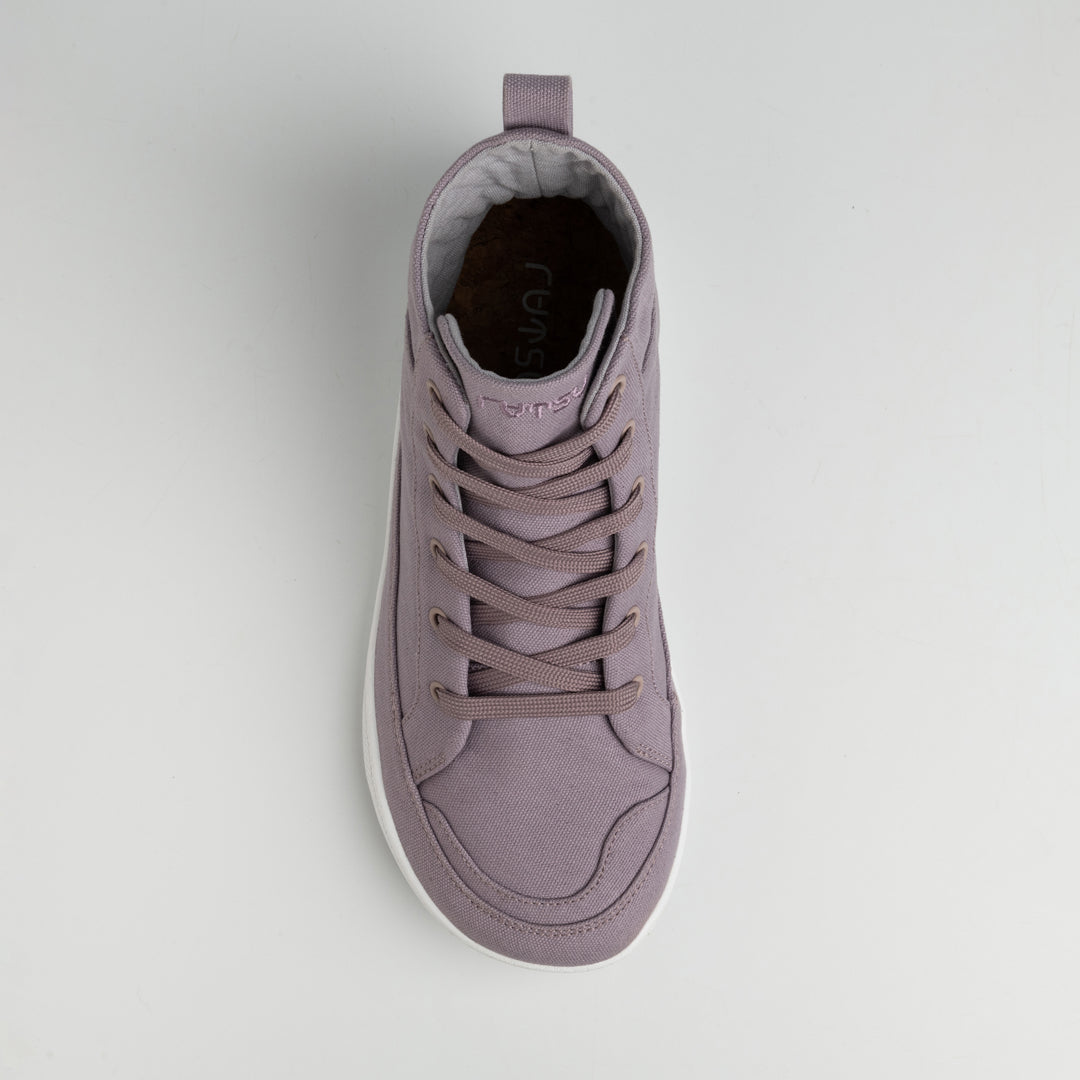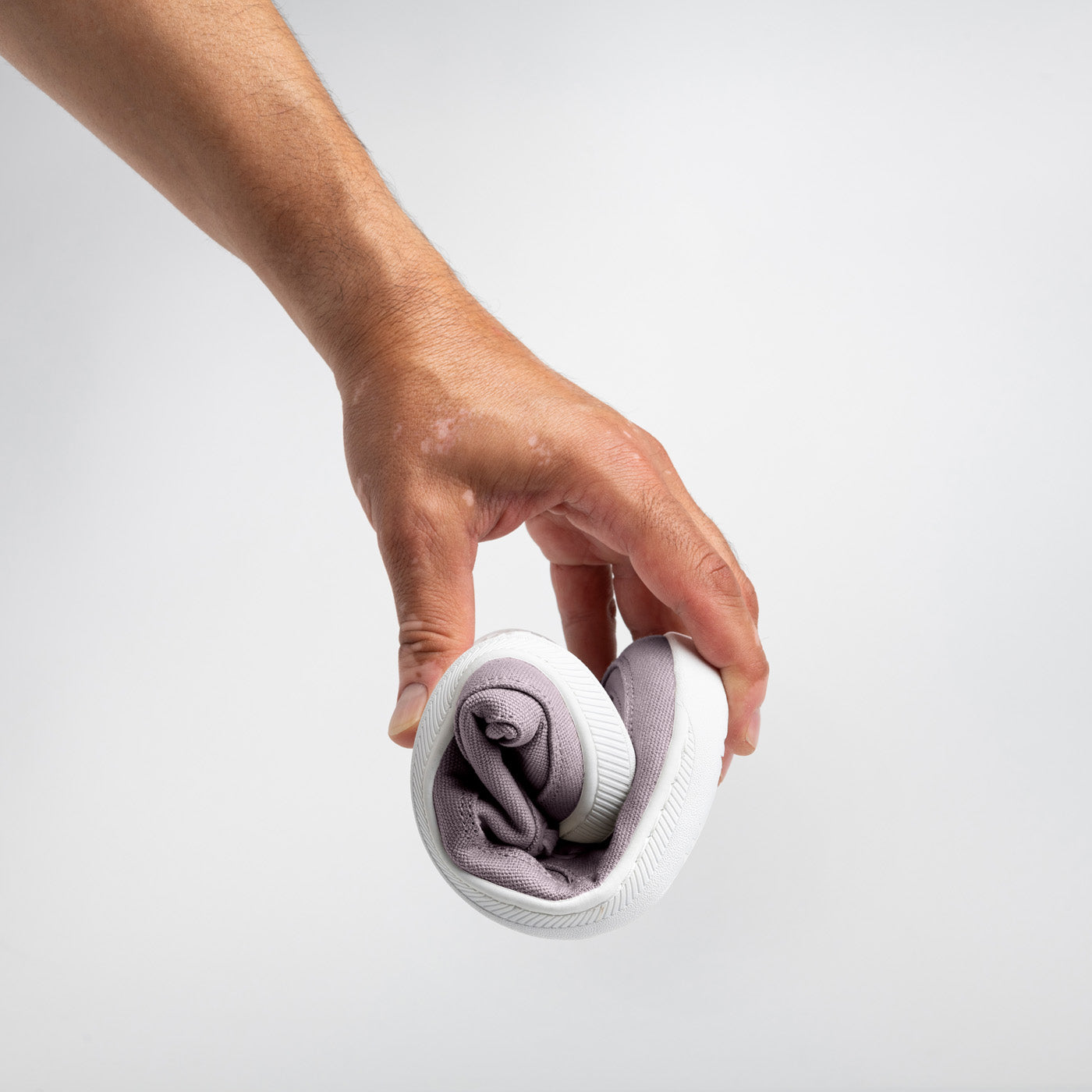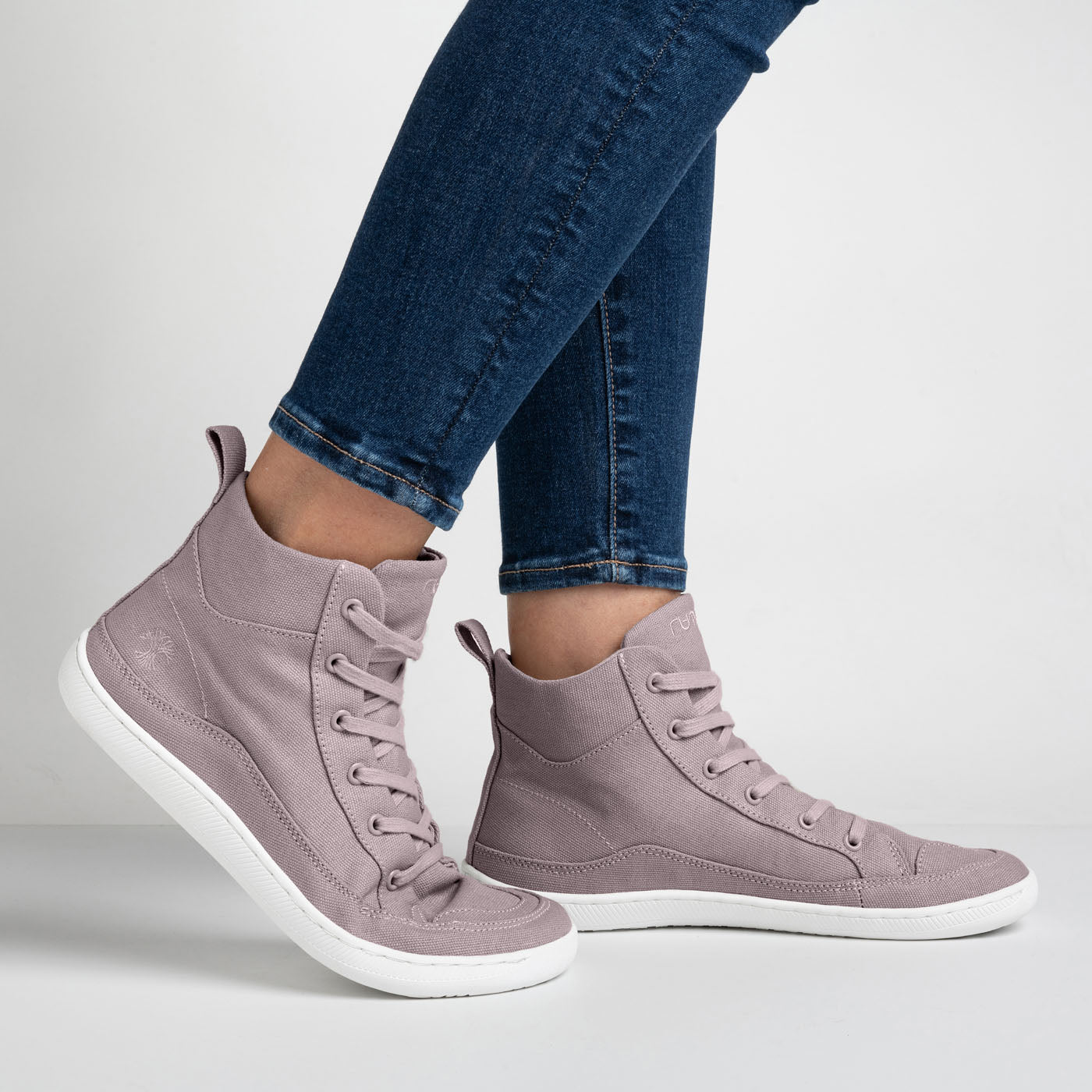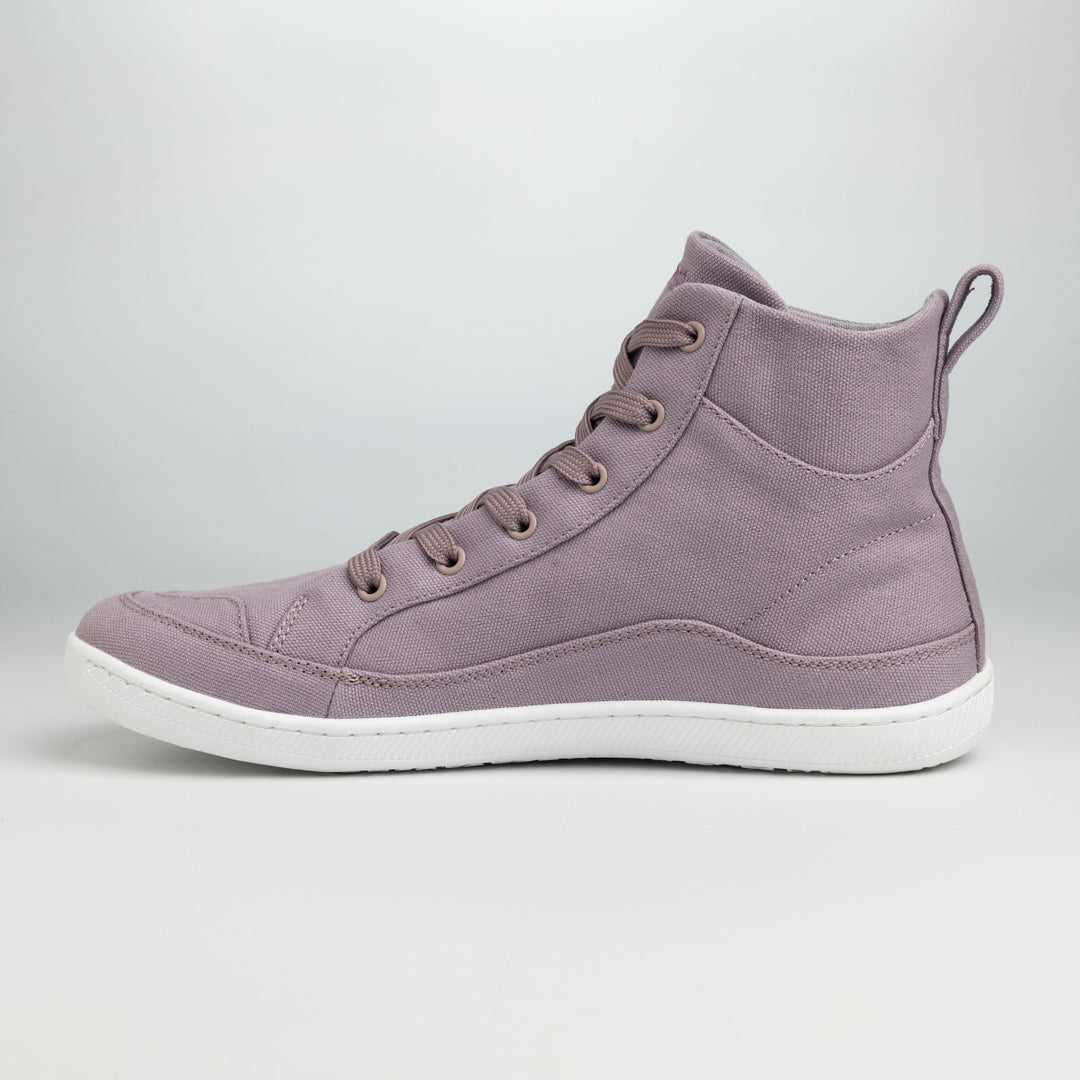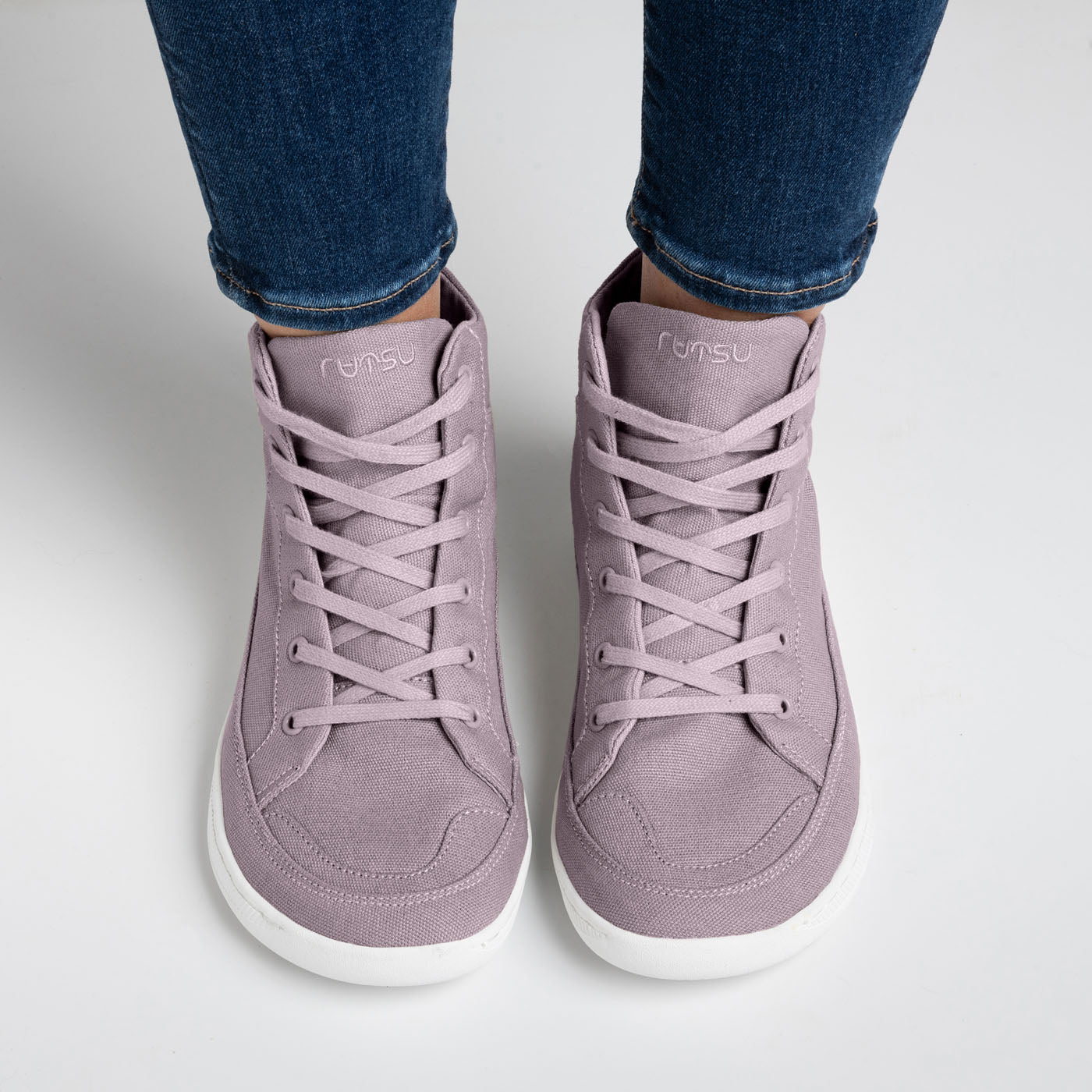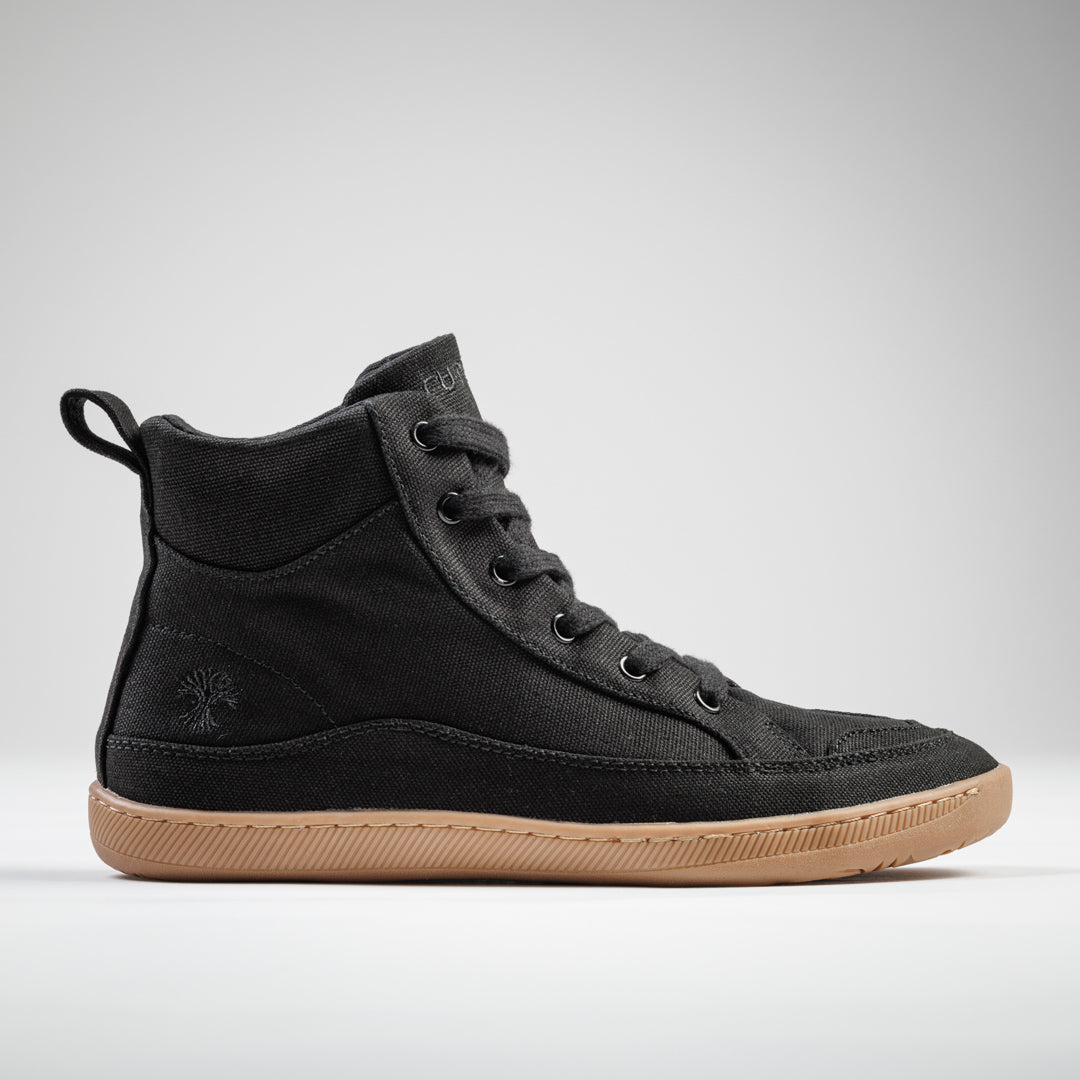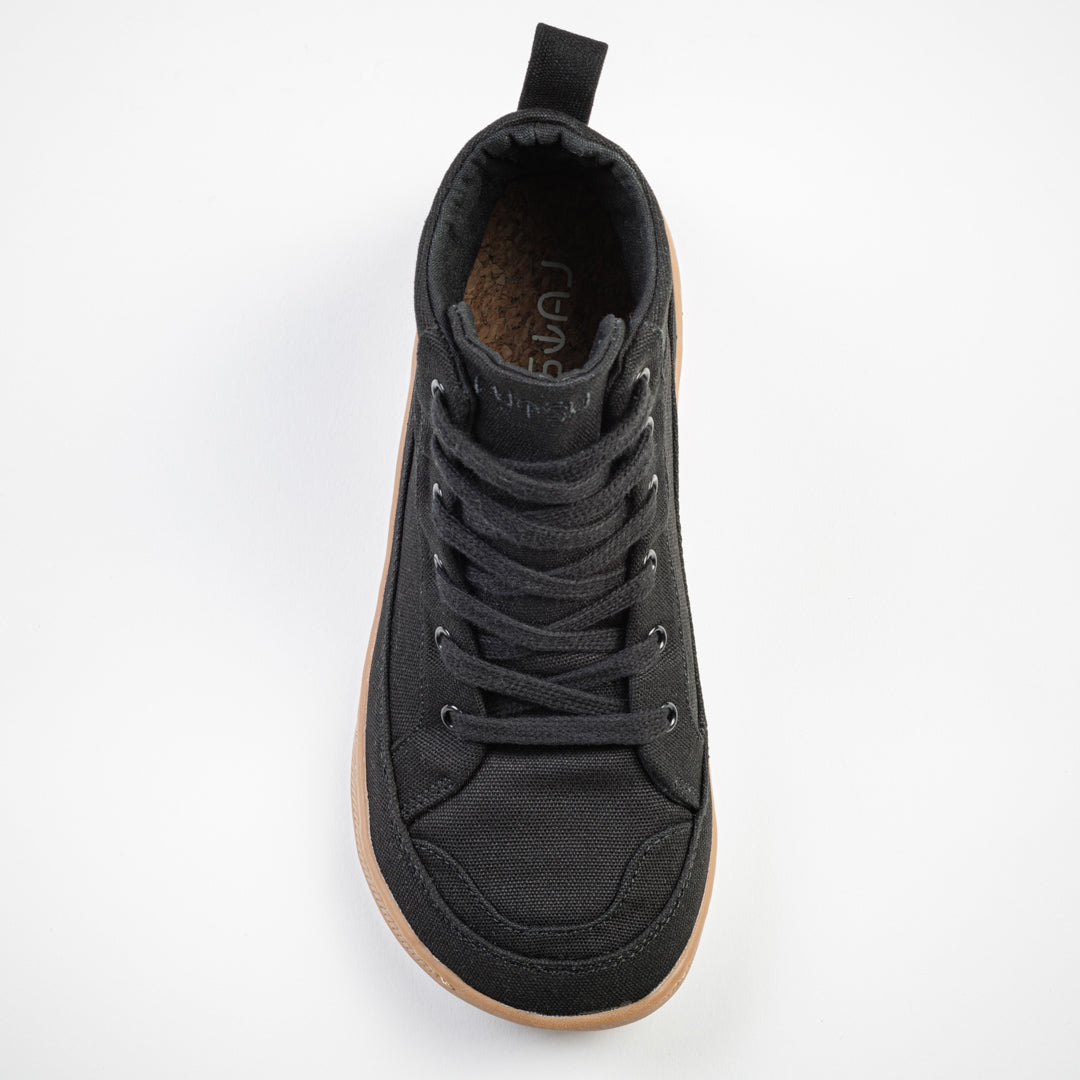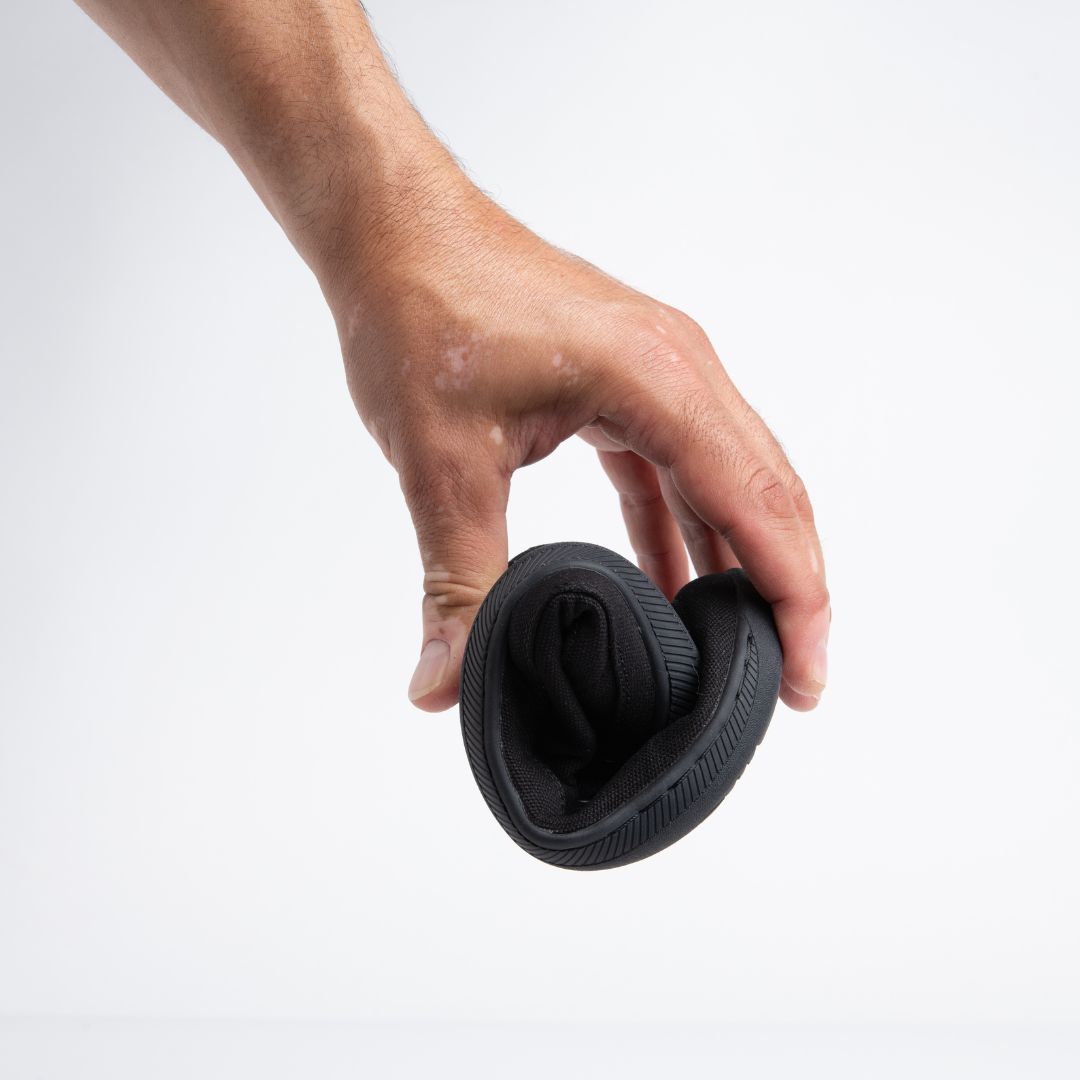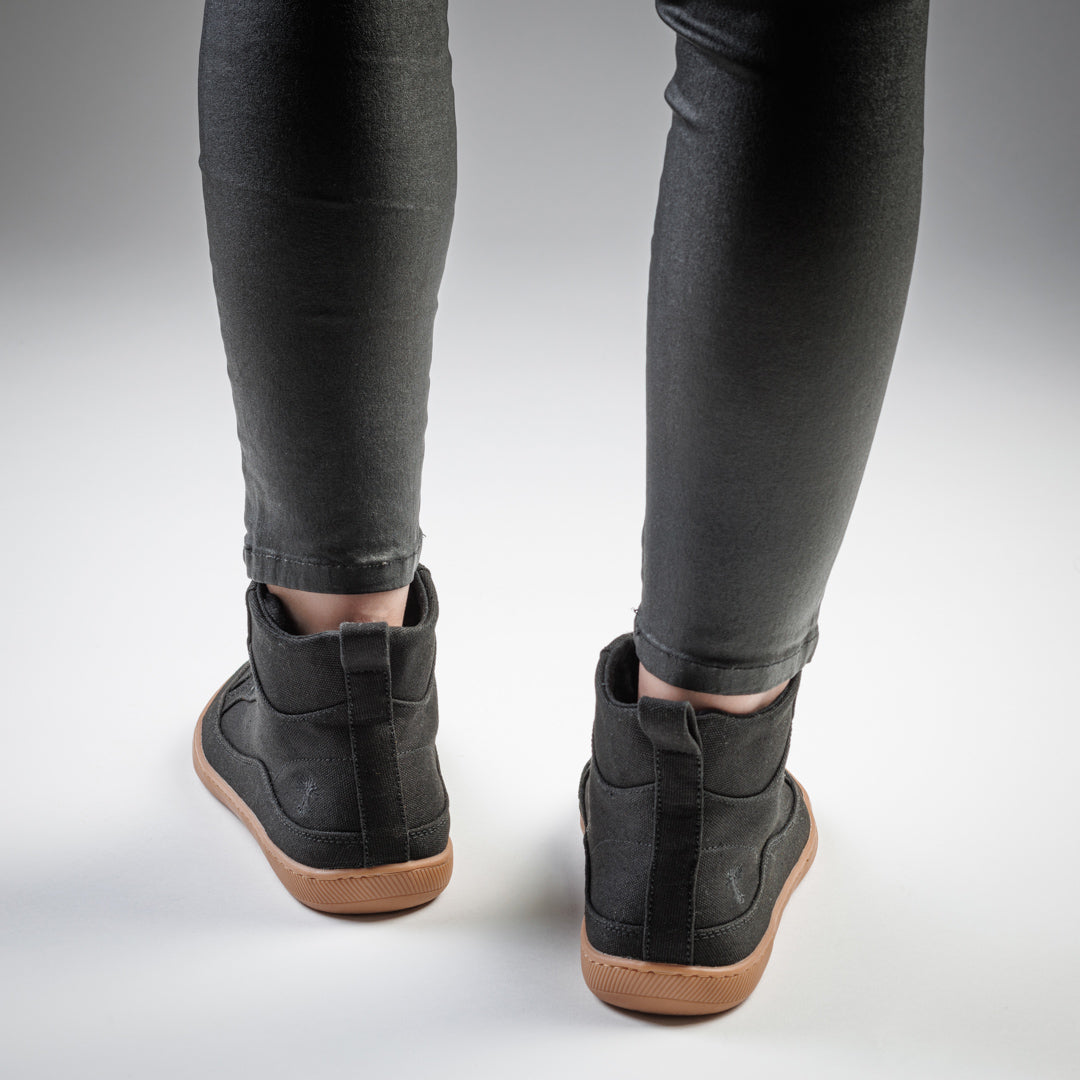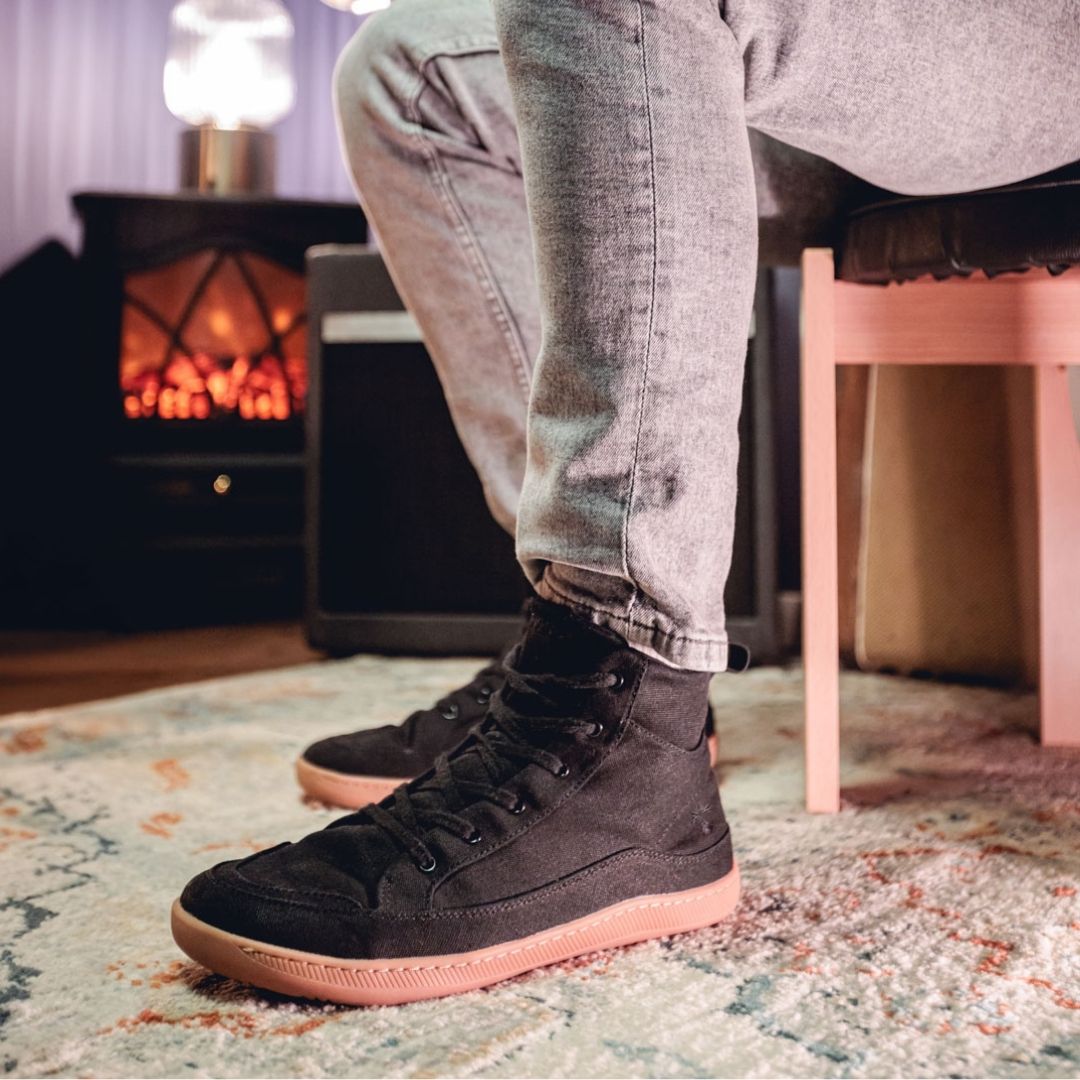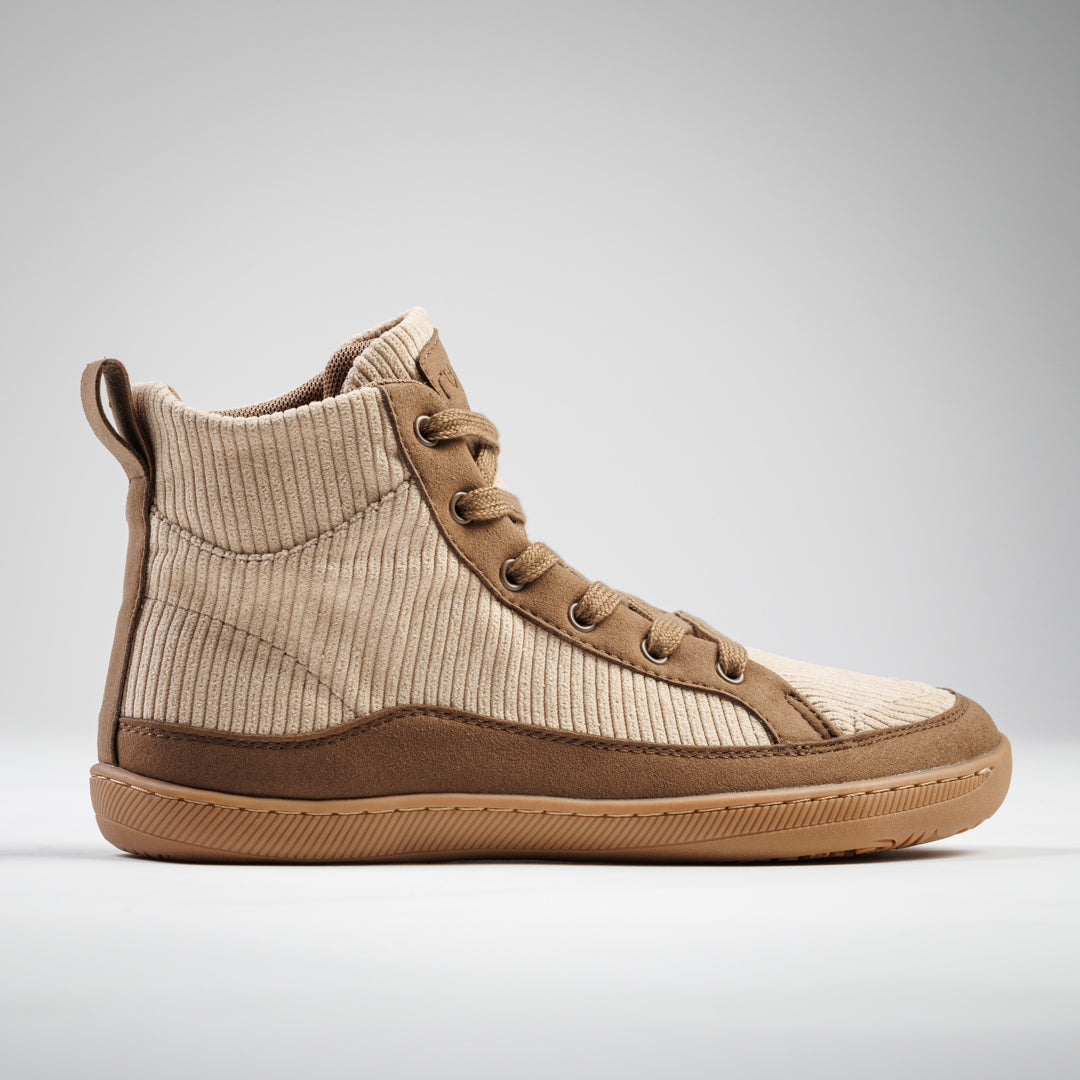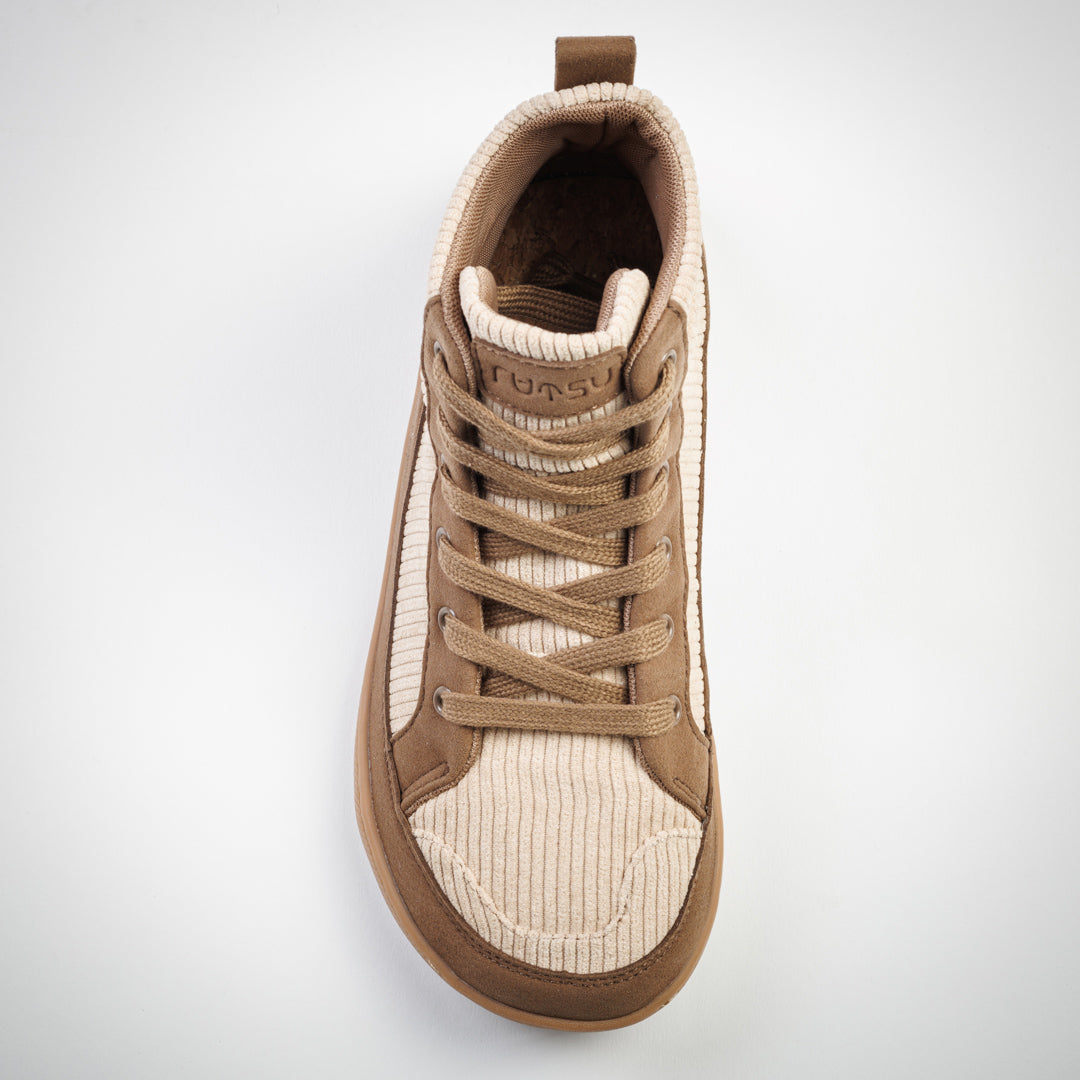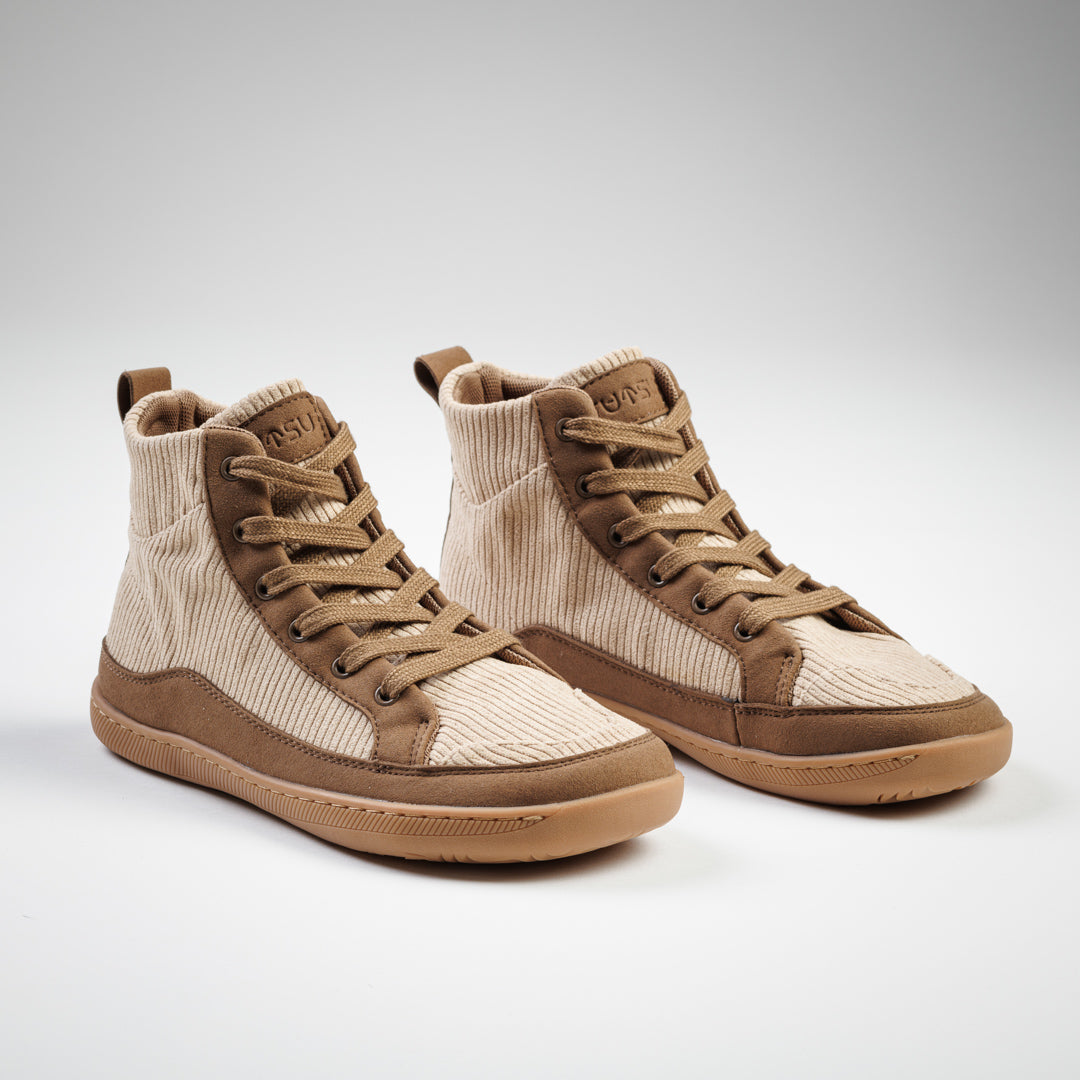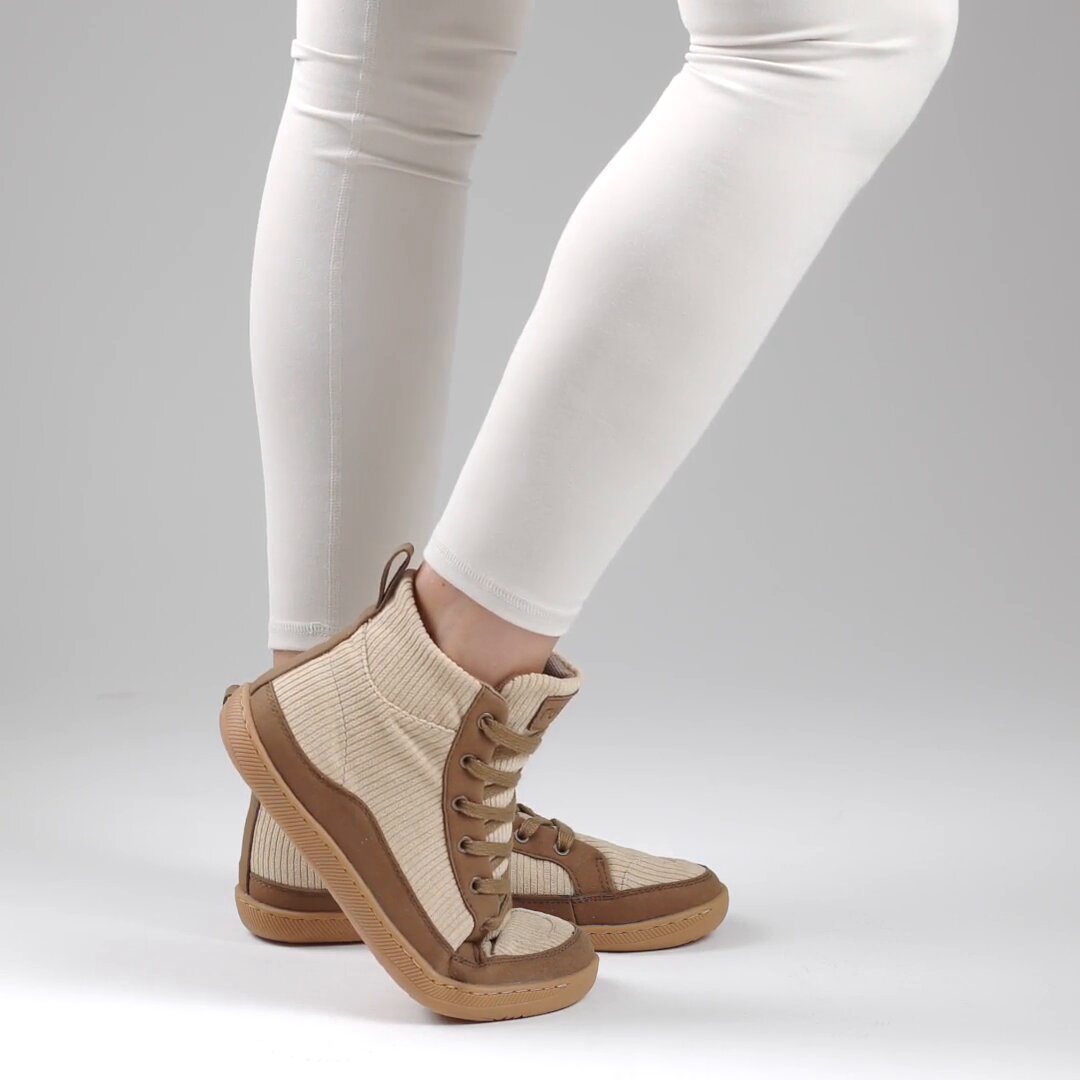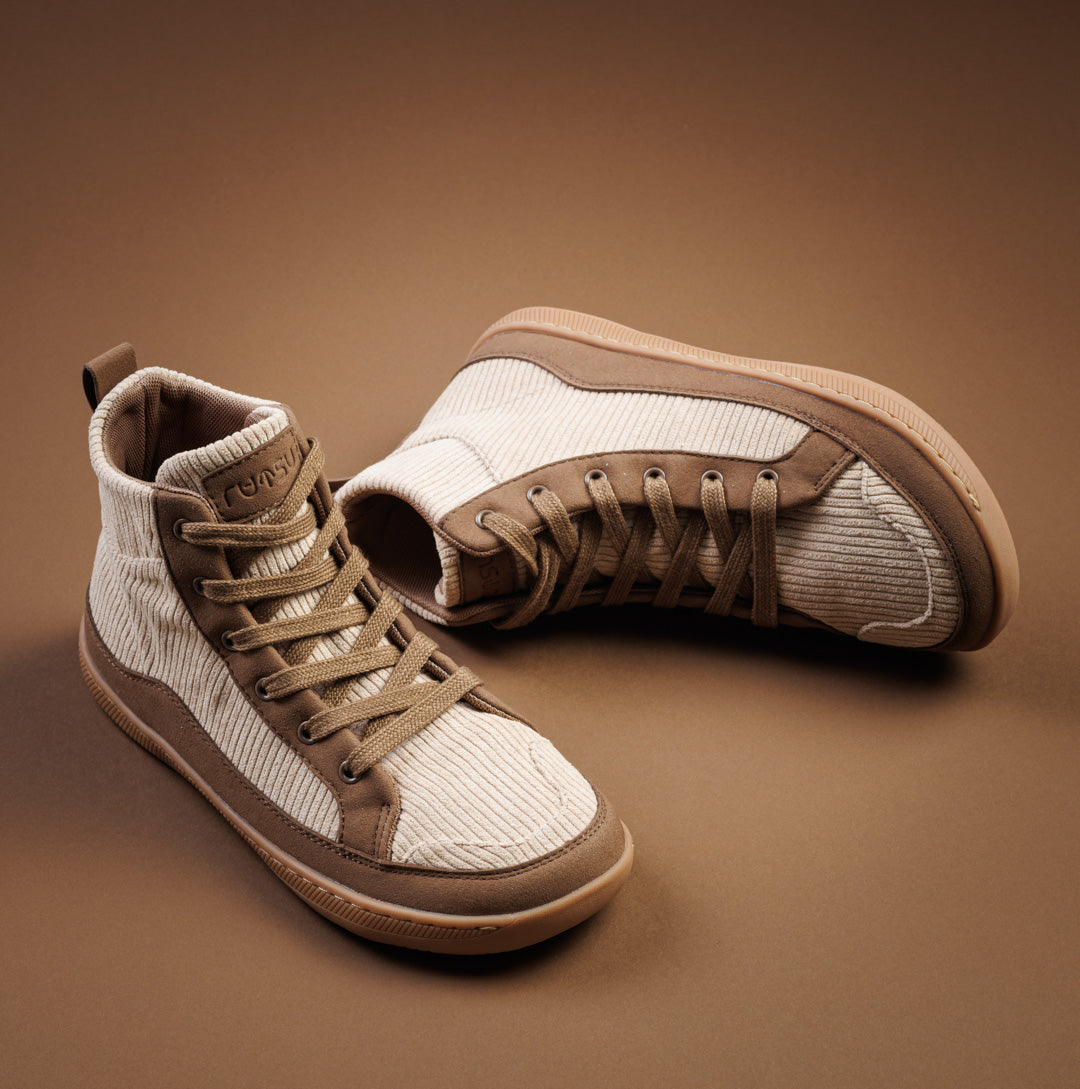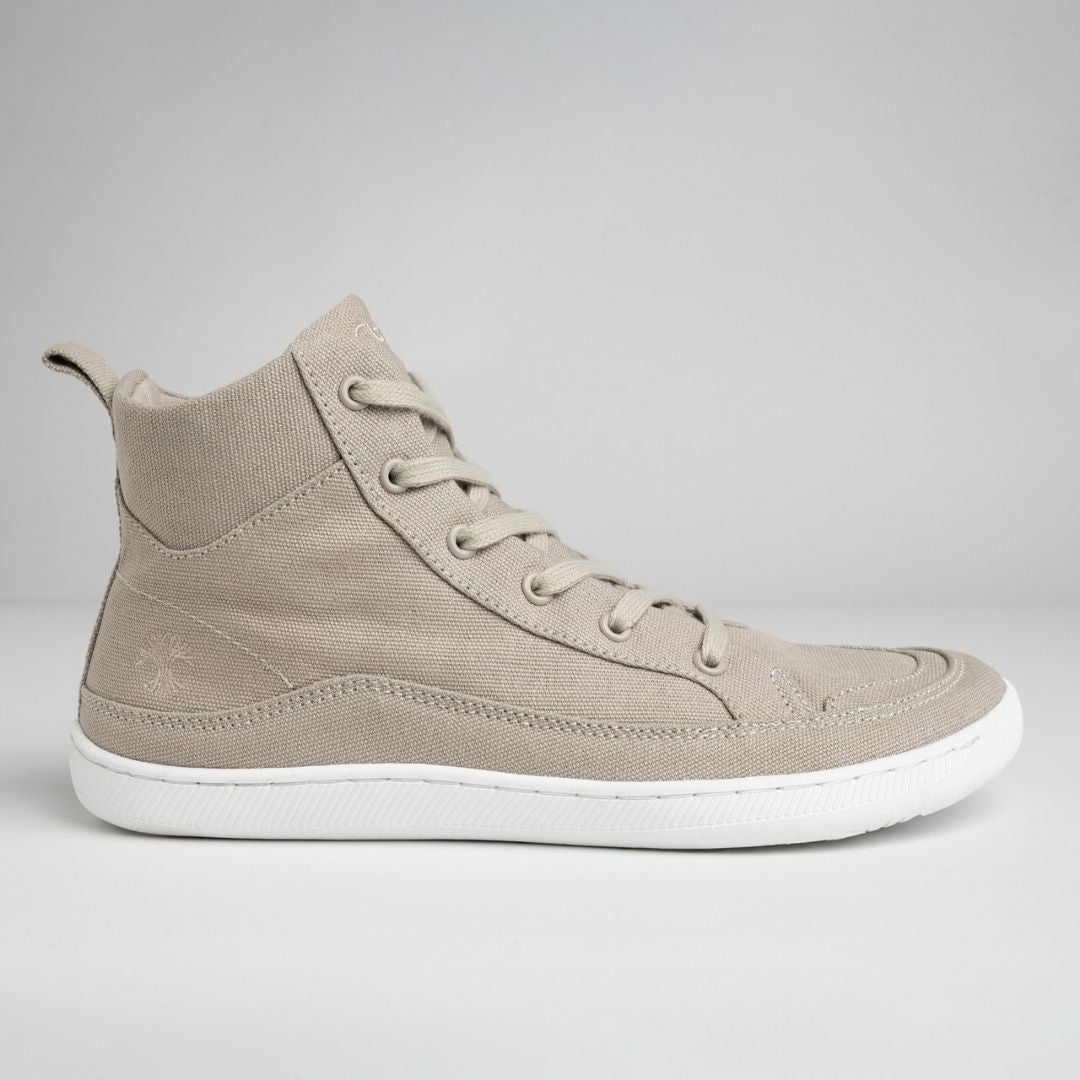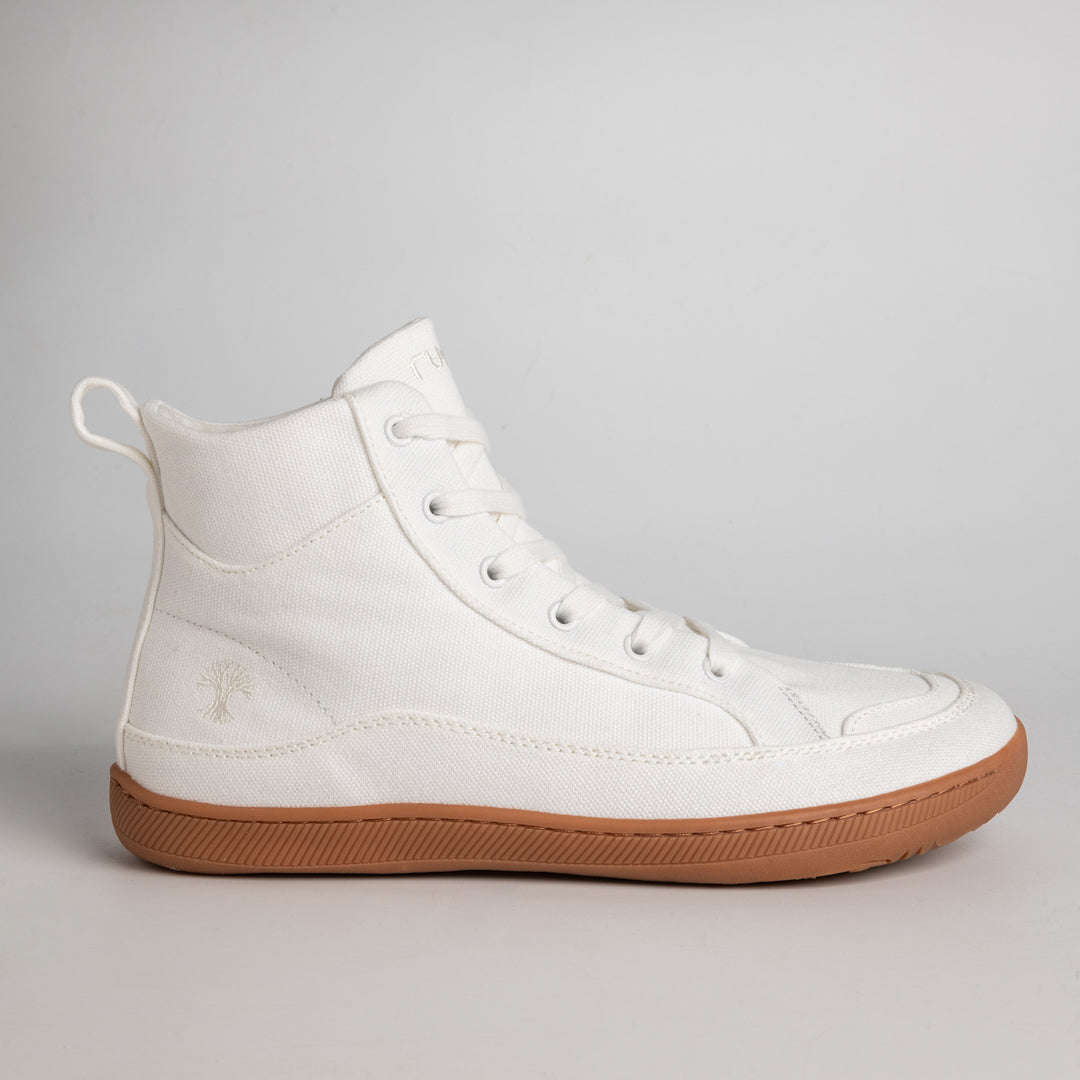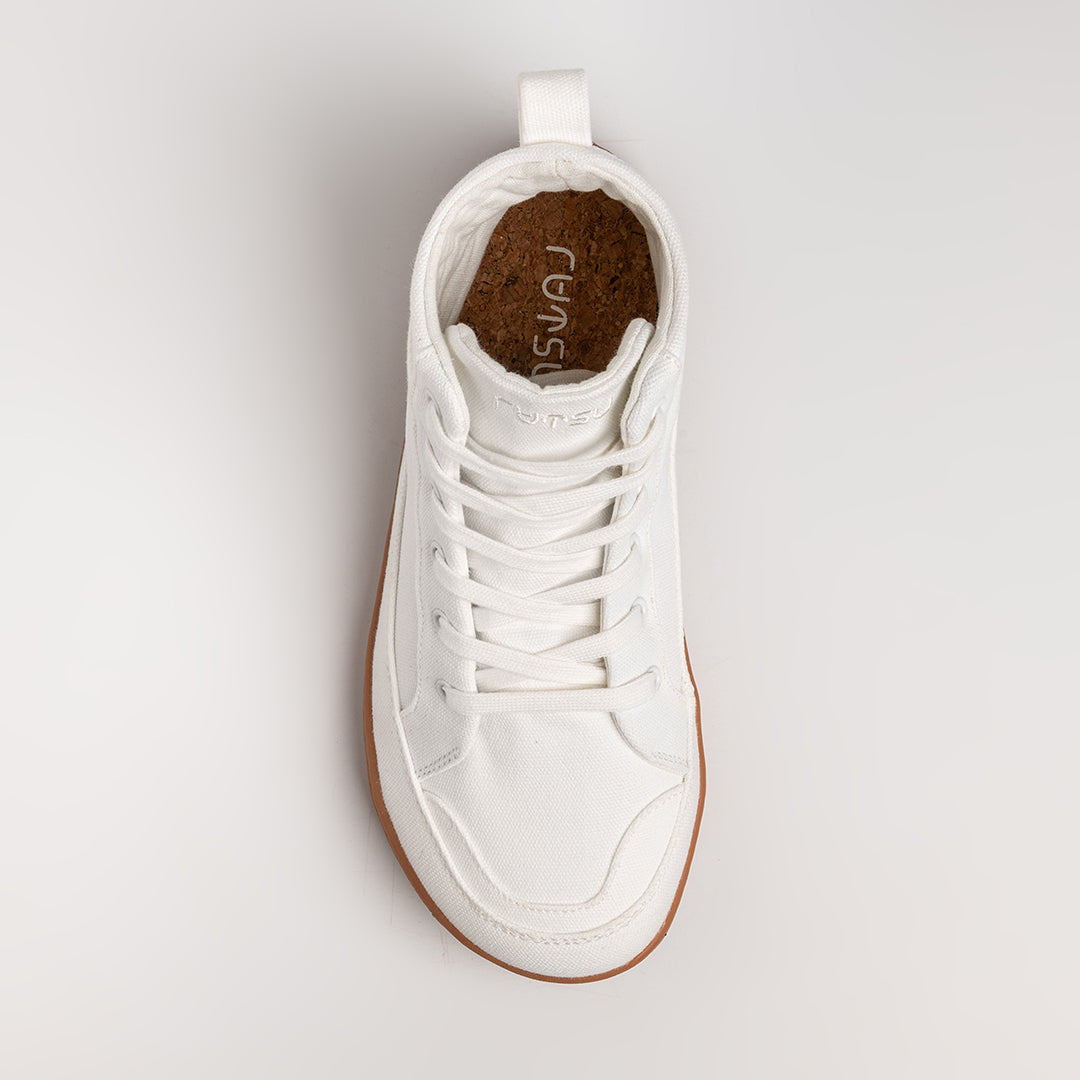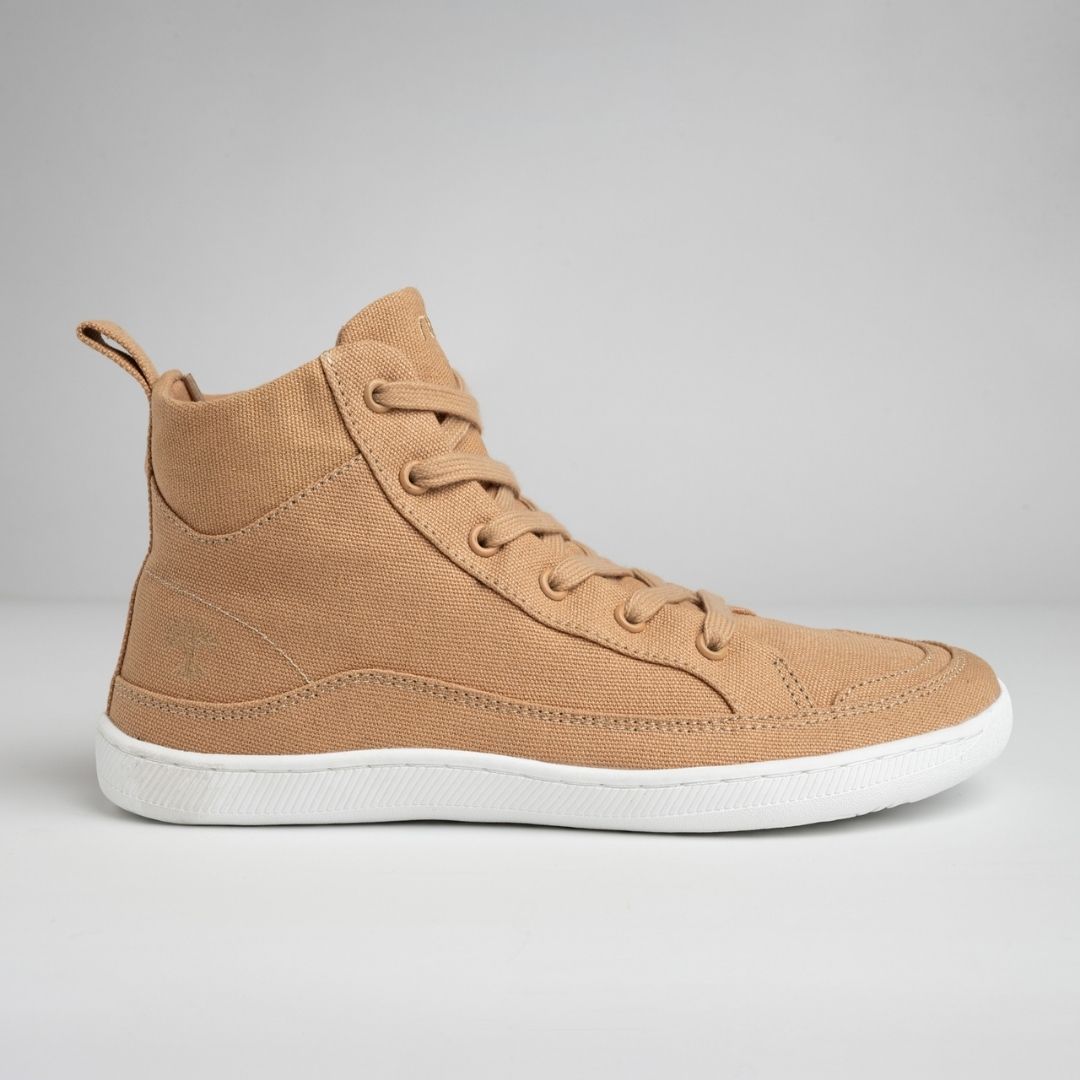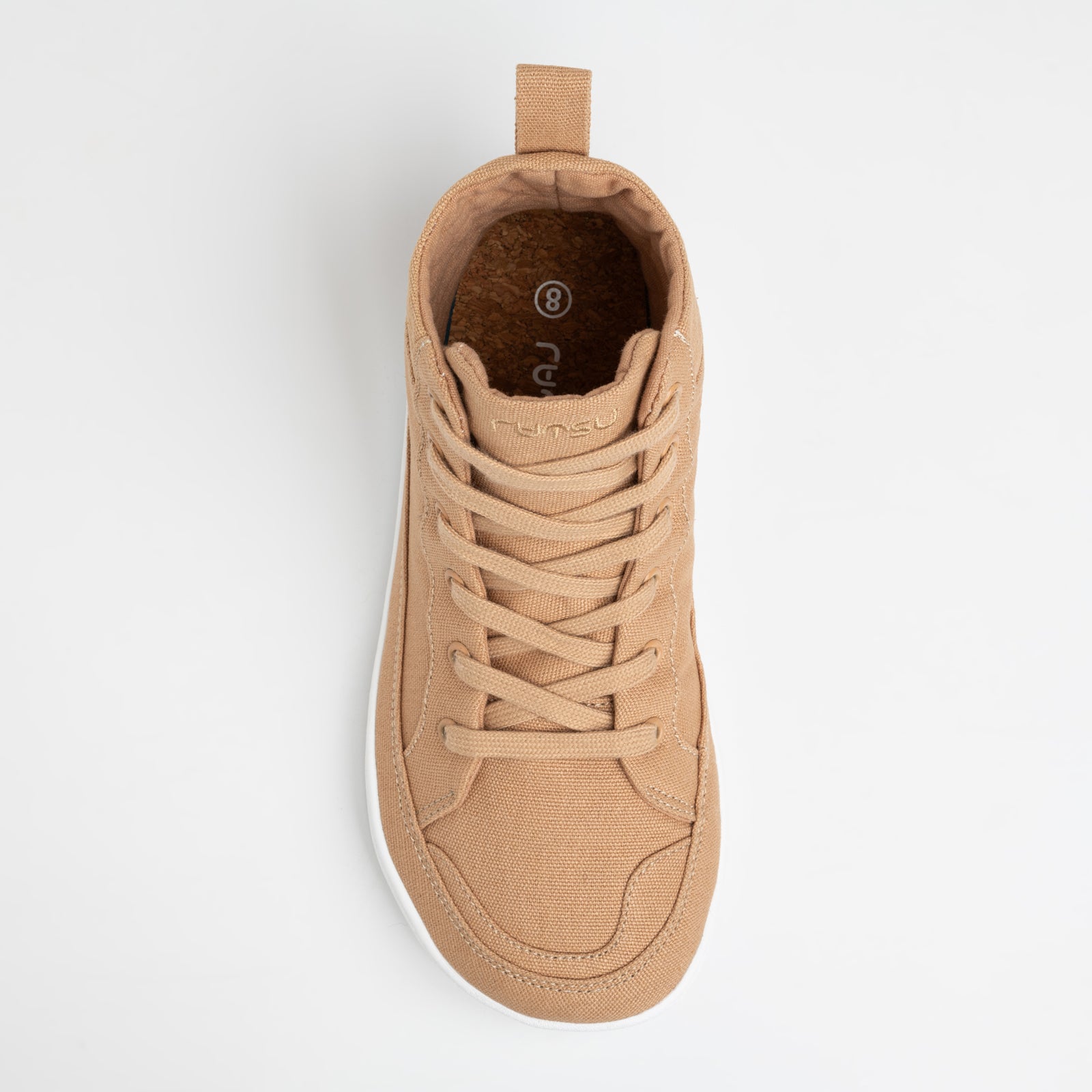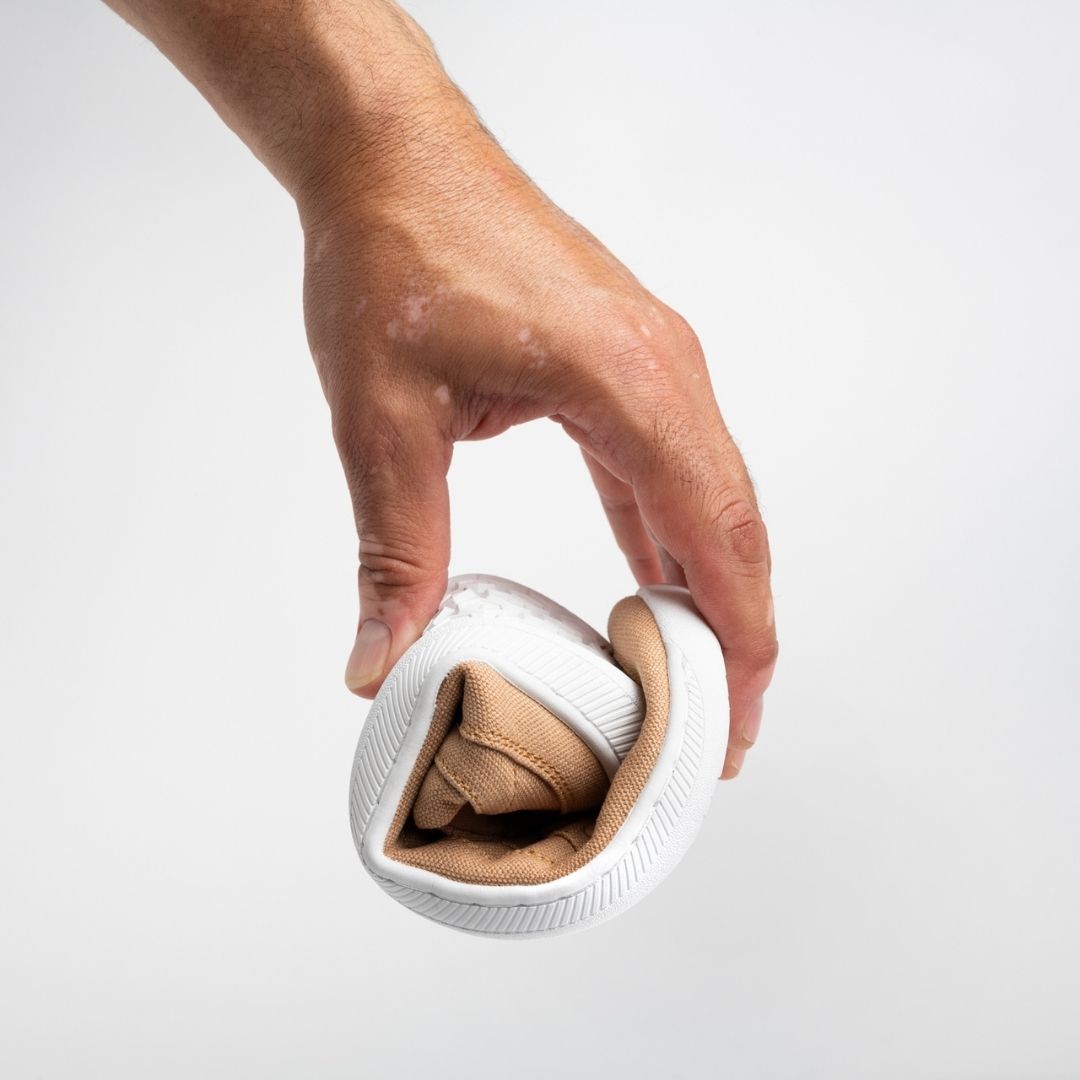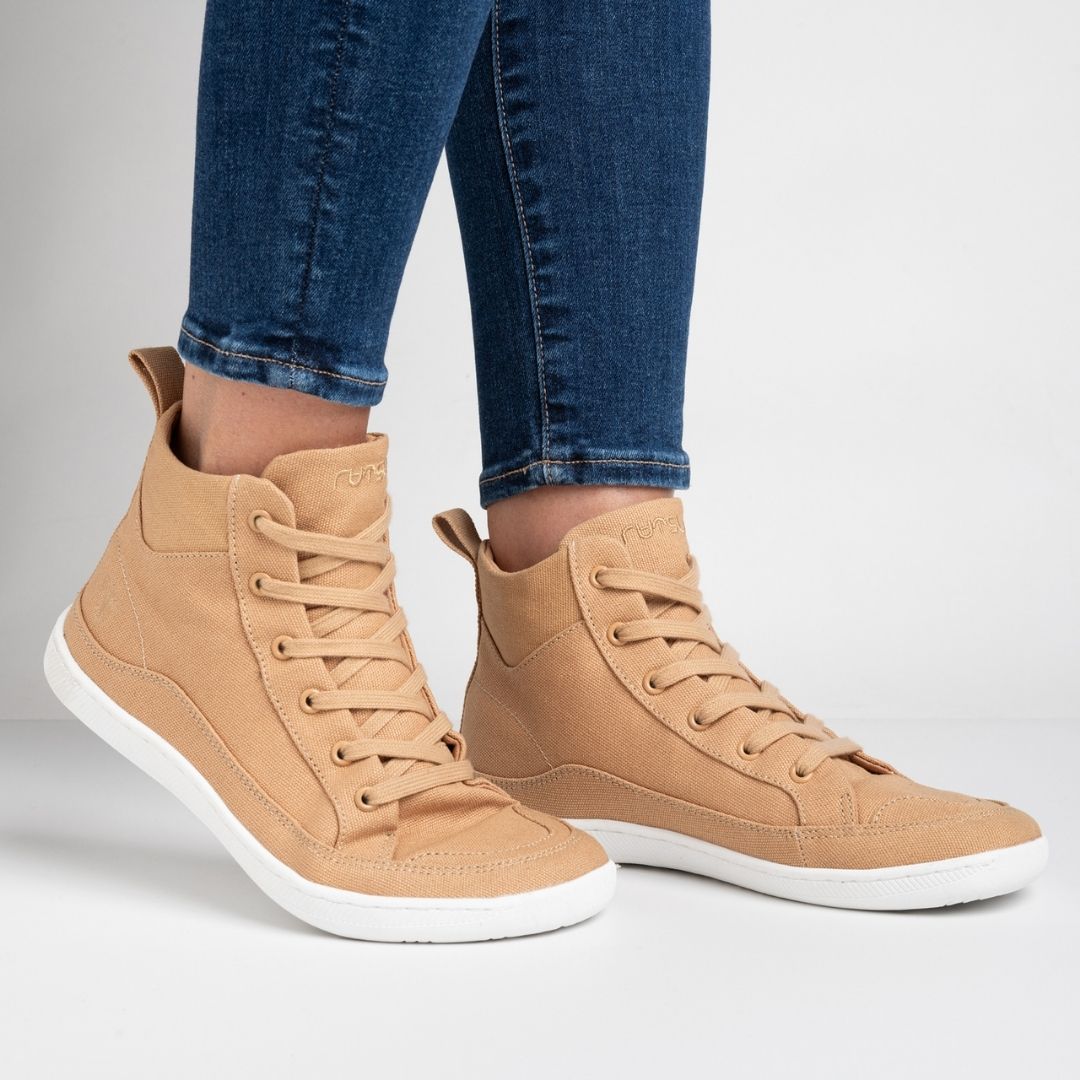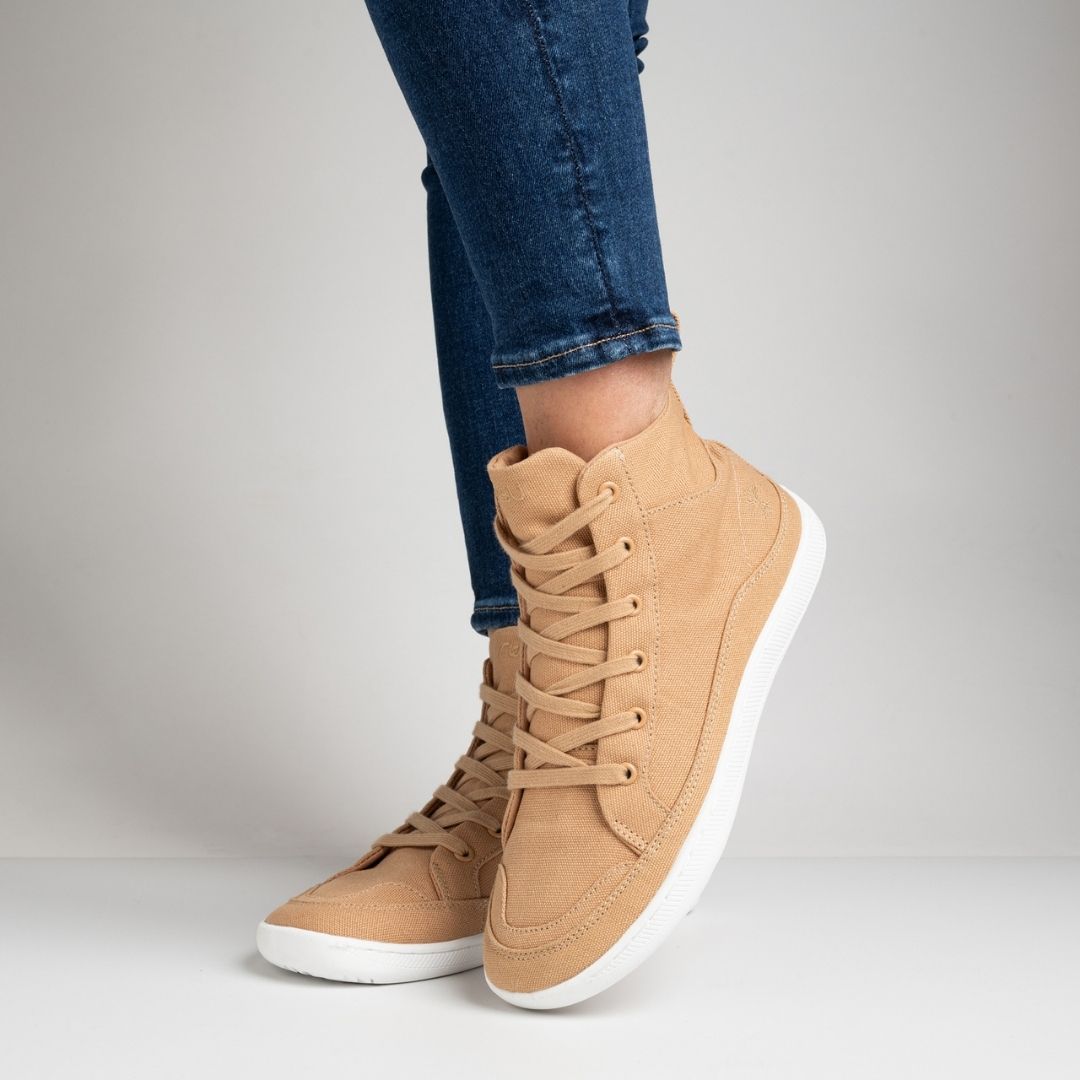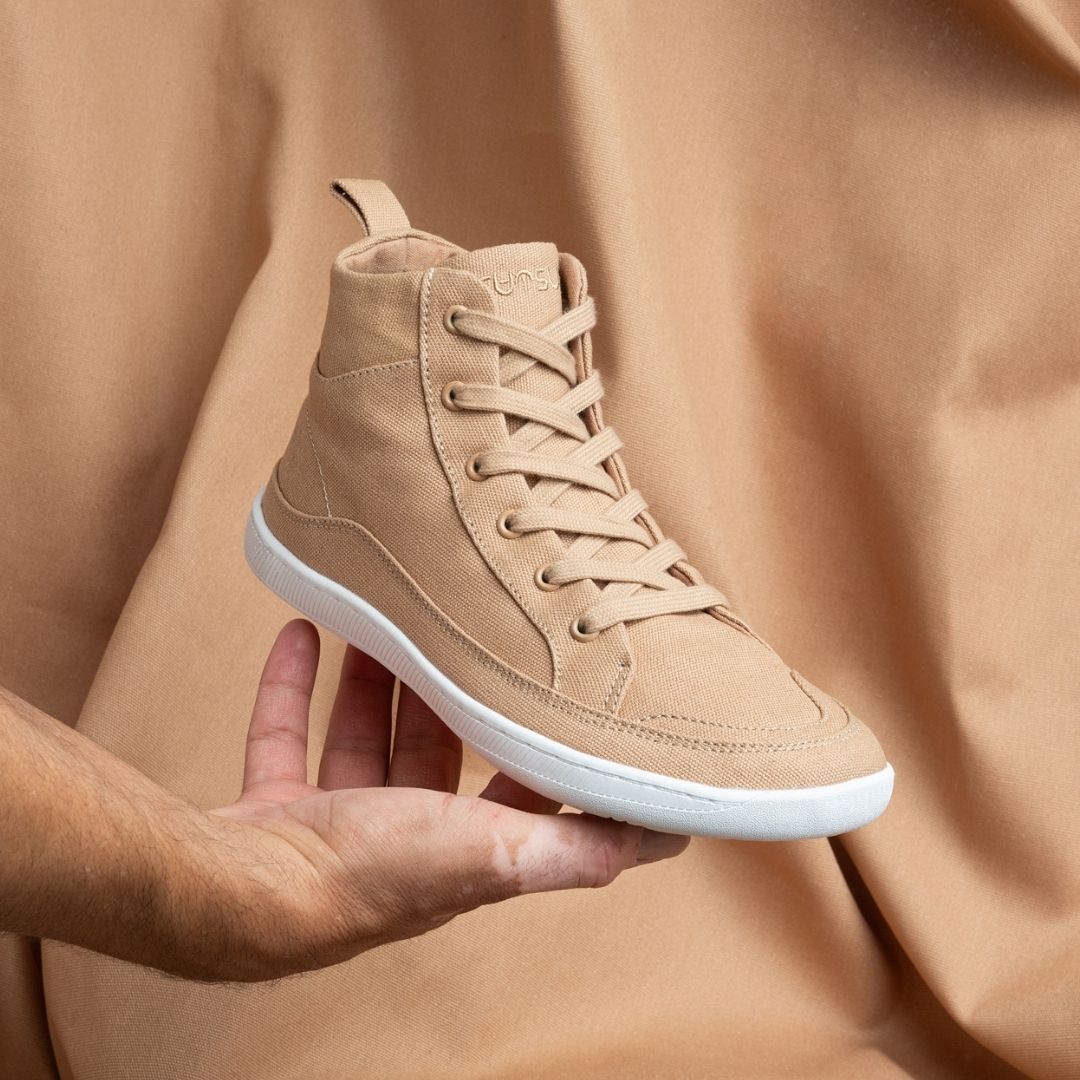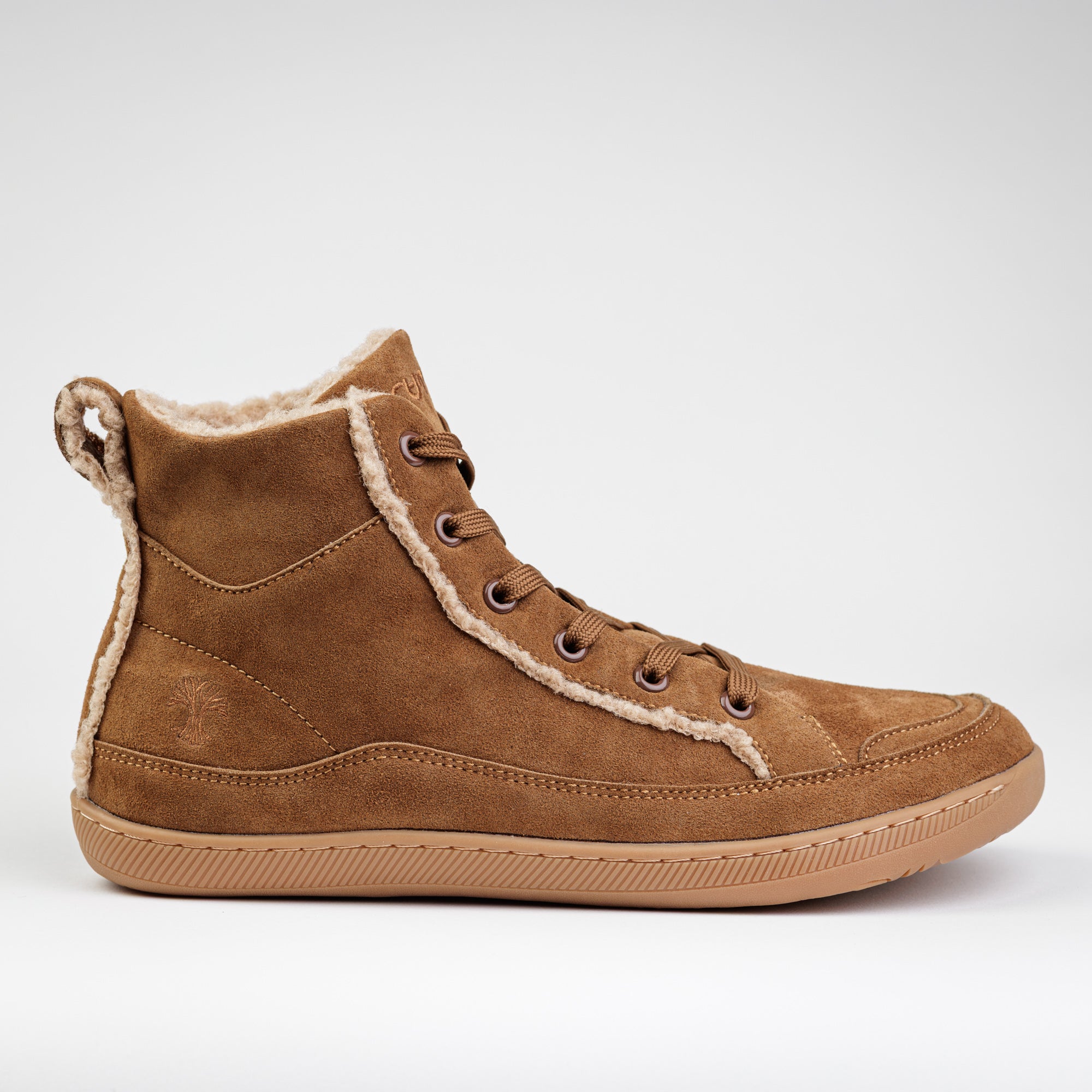Going barefoot isn’t just for beach walks anymore. More people are seeing the benefits of a barefoot lifestyle. It has health perks and feels liberating. But how exactly do you make the switch without stepping on too many rocks along the way? Here’s how you can introduce barefoot life into your daily routine with ease.
What Is the Barefoot Lifestyle? A Holistic Approach to Foot Health
The barefoot lifestyle encourages your feet to move naturally. It means walking, running, and balancing without traditional shoes. Historically, humans thrived barefoot, allowing muscles, tendons, and joints to function properly. Modern shoes, with added cushioning, have altered this natural movement. Dr. Sarah Ridge, a biomechanics professor at BYU, explains that walking barefoot helps strengthen your foot muscles. It also improves stability and posture. Whether barefoot or in minimalist shoes like Rutsu's, this approach helps. It boosts foot strength, balance, and posture. It embraces a more natural way of moving.
Benefits of Going Barefoot in Everyday Life
Choosing the barefoot path comes with a variety of benefits for your overall health:
- Improved balance: Barefoot living lets your feet feel the ground. It helps you stabilize better.
- Stronger foot muscles: Without cushioned shoes, your feet grow stronger over time. Podiatrist Dr. Michael Nirenberg cites studies. They show that barefoot walking strengthens muscles weakened by traditional shoes.
- Reduced injury risk: Some studies suggest barefoot runners have fewer injuries. Their gait shifts to a more natural one, which improves performance (Fact #1).
- Enhanced posture: Better foot alignment can lead to improved posture. This benefits your whole body.
With these perks, it’s easy to see why so many are ditching bulky shoes. And transcend to a more minimalist option like the barefoot sneakers women.
How to Gradually Transition to Barefoot Living
Thinking about going barefoot? Don’t jump straight into a 5K without shoes. It’s important to transition gradually. Because it’s all about building strength in those foot muscles you haven’t used in a while. Here's how to do it:
- Start slow: Begin with short walks around your home or backyard to get used to the feeling. Here's how to keep your feet feeling great and stay healthy:
- Pay attention to your body: Your feet will let you know if you're pushing too hard. A little soreness is normal, but pain is a sign to stop.
- Introduce minimalist shoes: Brands like Rutsu offer barefoot-style footwear. They let you move naturally while protecting your soles from rough surfaces.
Incorporating Barefoot Shoes into Your Daily Routine
When you're ready to live barefoot, try minimalist shoes. They're the best option. They provide the benefits of being barefoot. But, they offer a bit more comfort and protection for outings.
Here are some simple tips to help you make them part of your daily routine:
- For casual activities: Wear minimalist, barefoot shoes instead of your regular sneakers. Use them when running errands or taking walks.
- At work: Depending on your job, you might be able to wear barefoot shoes during your workday. They look as good as regular shoes but offer way more comfort (and your feet will thank you). For office settings, barefoot brands like Rutsu offer sleek and professional designs.
- At the gym: Use minimalist shoes for strength training and yoga. They're great for grip and balance.
Activities That Can Be Enhanced by Barefoot Living
Barefoot shoes aren't just for walking. There are plenty of activities that benefit from the barefoot lifestyle:
- Yoga: A great way to strengthen your feet and improve your balance.
- Running: Once comfortable, barefoot can reduce injuries and improve performance. Experts, like Harvard's Dr. Daniel Lieberman, say that running barefoot can help improve your running form.
- Hiking: With strong feet, minimalist shoes enhance the hiking experience. They connect you more to nature.
- Strength training: You’ll be amazed at how much better your balance is when lifting weights.
Tips for Safely Walking Barefoot Outdoors
Walking barefoot outdoors feels great, but safety comes first. Here's how to keep your feet comfortable and in good shape:
- Avoid rough terrain: Stick to soft grass, sand, or smooth pavement when starting.
- Inspect your path: Look ahead for sharp objects, like rocks, glass, or sticks.
- Clean your feet: After walking barefoot outside. Give your feet a good wash to avoid infections.
Start small, like walking barefoot in your backyard. Then, try a nature trail.
Combining Barefoot Living with Foot-Strengthening Exercises
Living barefoot alone won’t magically give you stronger feet. It’s best to pair your new lifestyle with exercises that target those little muscles in your feet.
- Toe curls: Lay a towel on the floor and use your toes to pull it toward you.
- Heel raises: Stand on the edge of a step and slowly raise and lower your heels.
- Balance drills: Stand on one foot for 30 seconds, then switch. This helps improve both your balance and strength.
Adding these exercises to your routine will help. They will make the barefoot transition smoother and reduce the risk of injury.
Conclusion
Embracing a barefoot lifestyle is a rewarding journey. Starting slowly helps strengthen your feet, improve posture, and reduce injury risk. Minimalist shoes, like barefoot sneakers, give your feet the feel of being barefoot while still offering some protection. They protect them in daily life.
Whether walking, running, or working out, moving naturally leads to lasting health benefits. Focus on building foot strength. Balance barefoot freedom with support. It will lead to a healthier, more grounded way of moving.
FAQs
1. What are the main benefits of adopting a barefoot lifestyle?
Barefoot living improves balance and posture. It strengthens foot muscles. It lets your feet move naturally. A Journal of Foot and Ankle Research studies also show it boosts circulation.
2. How can I start transitioning to barefoot walking?
Start slowly with short barefoot walks at home, then gradually increase. For longer activities, try minimalist shoes like Rutsu barefoot sneakers for protection.
3. Is it safe to walk barefoot on hard surfaces?
Yes, but it takes time to adjust. Start with short periods on hard surfaces and increase them as your feet strengthen.
4. Can barefoot living help with foot pain or posture problems?
Many find that barefoot living helps with foot pain and posture. It corrects alignment. If you have any existing conditions, checking with a professional is a good idea.
5. What kind of shoes are best for someone just starting the barefoot lifestyle?
Minimalist shoes like Rutsu are great for beginners. They offer barefoot benefits with added protection. Start by wearing them casually, then slowly increase your activity over time.



